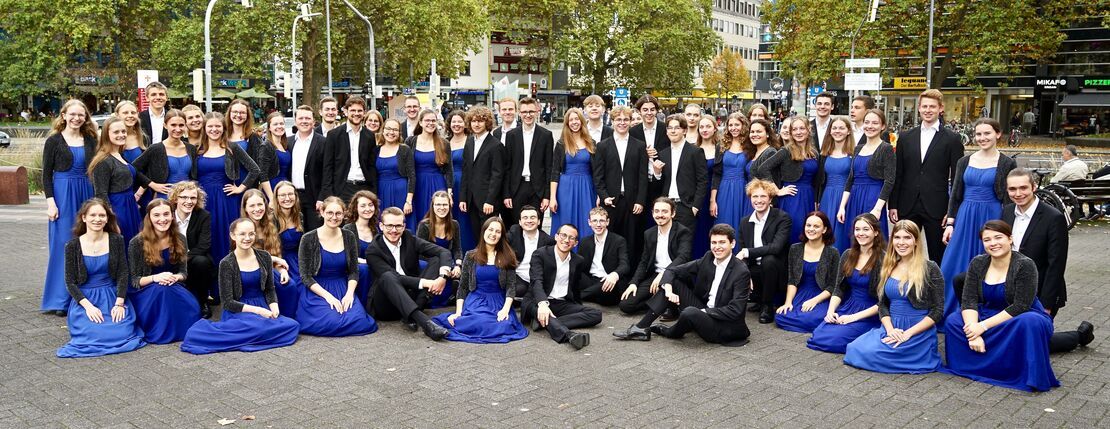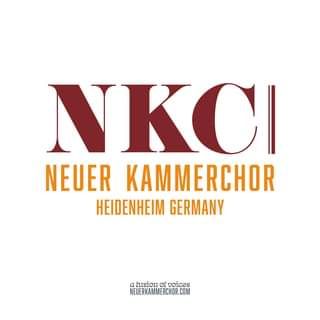
Neuer Kammerchor around the World
vakantio.de/neuerkammerchorgoesbrazil
Südafrika Tag 17 - Good bye South Africa
Нийтэлсэн: 06.06.2024

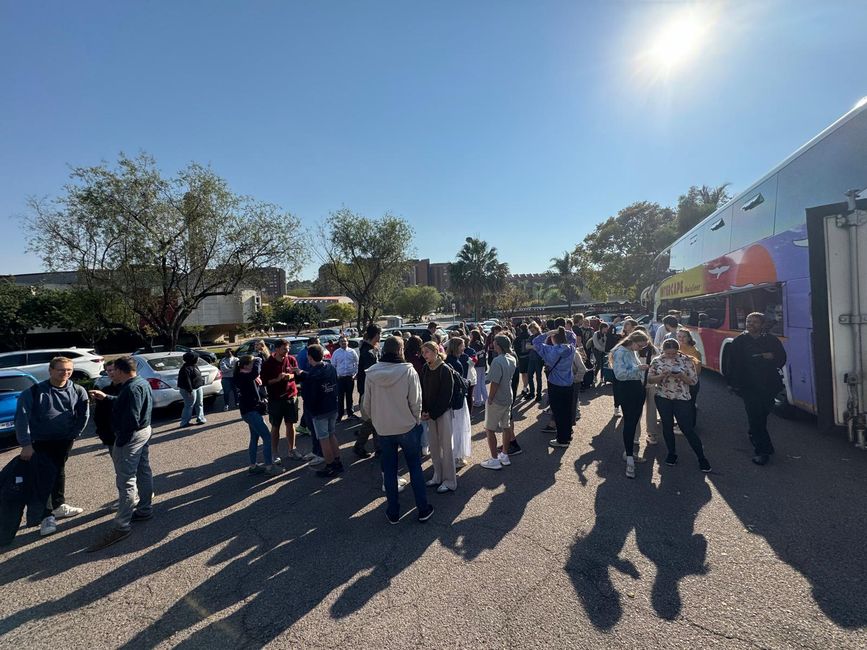
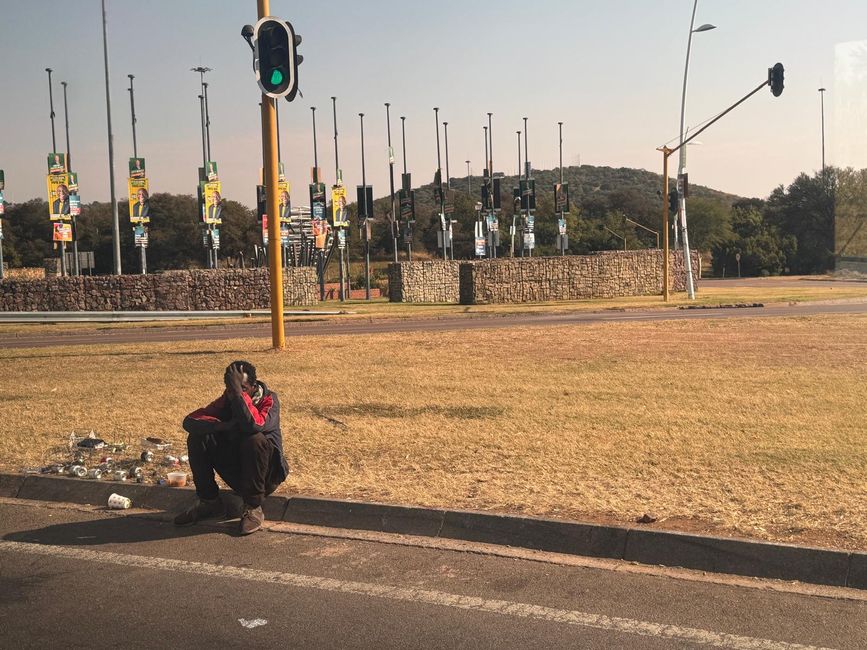
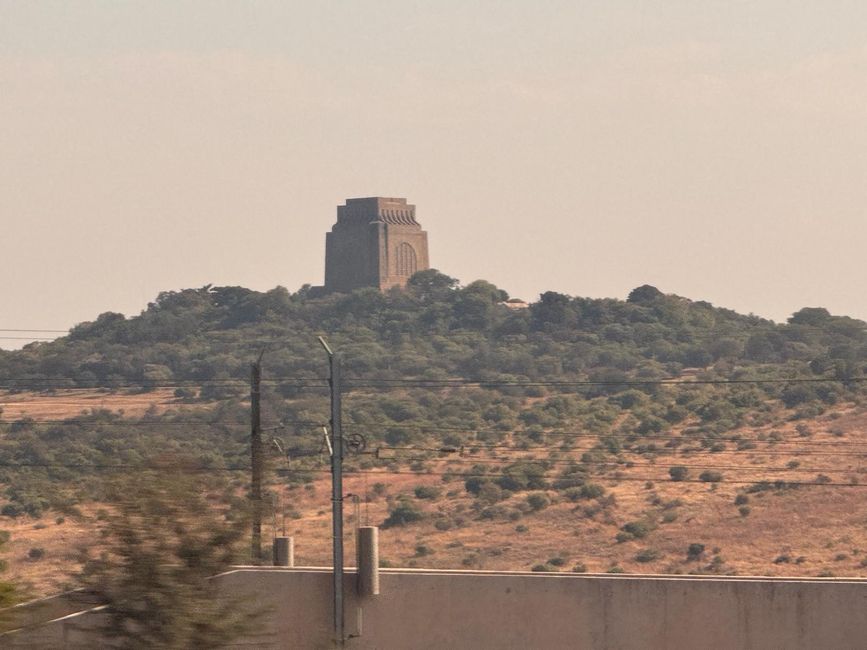
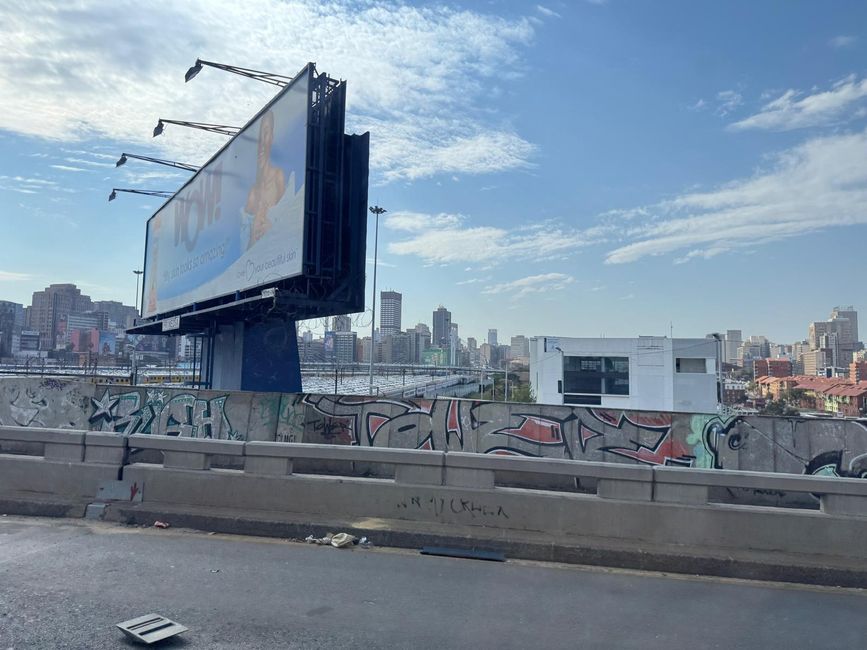
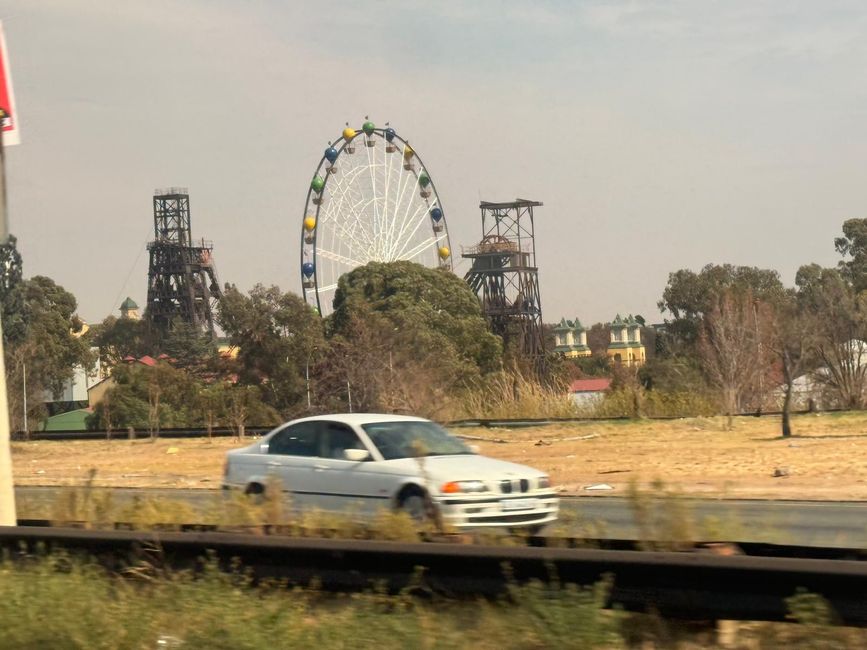
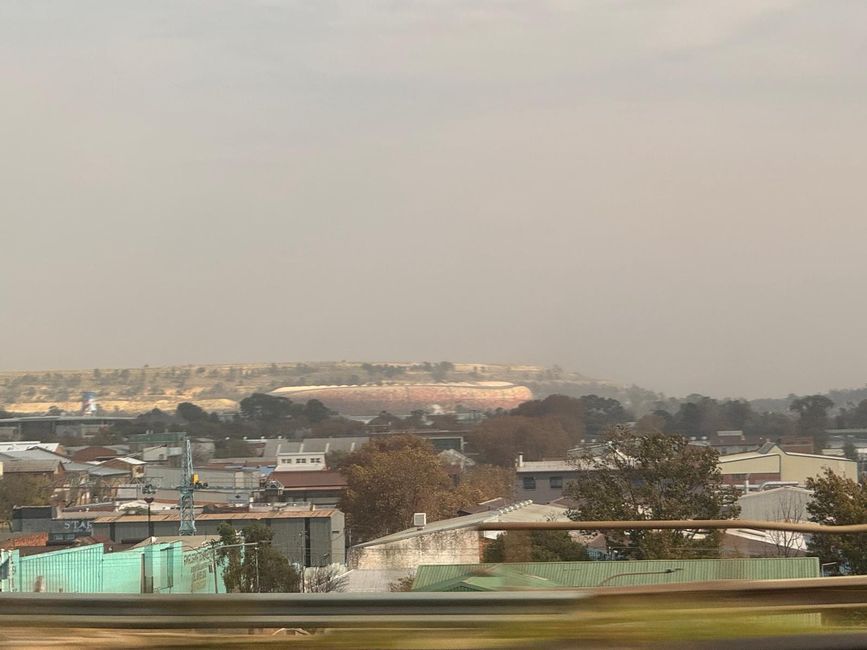
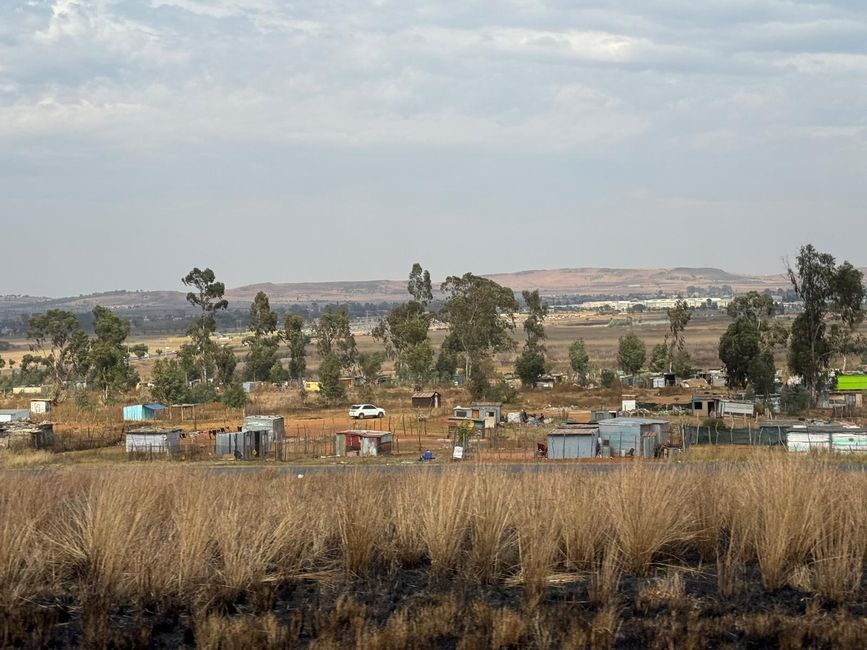
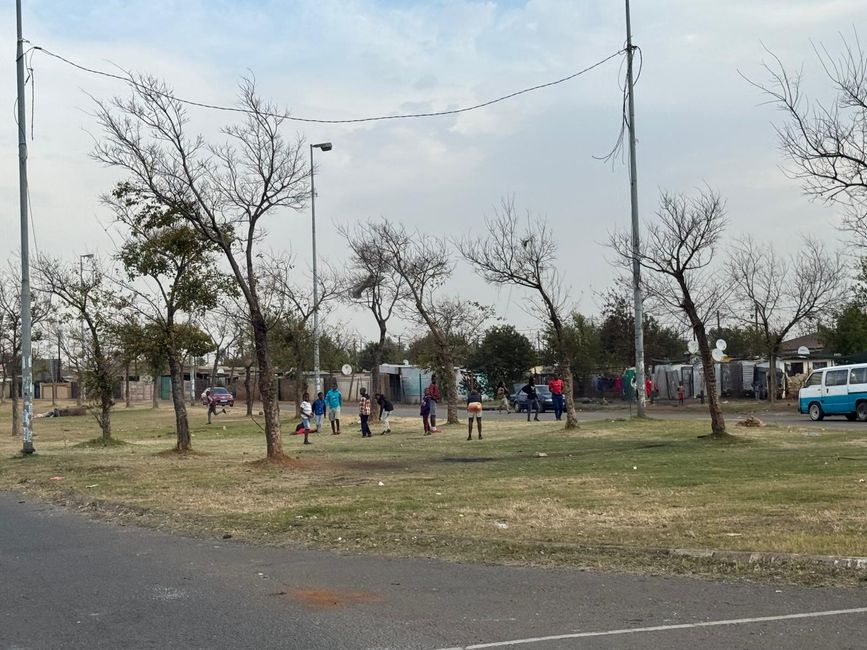
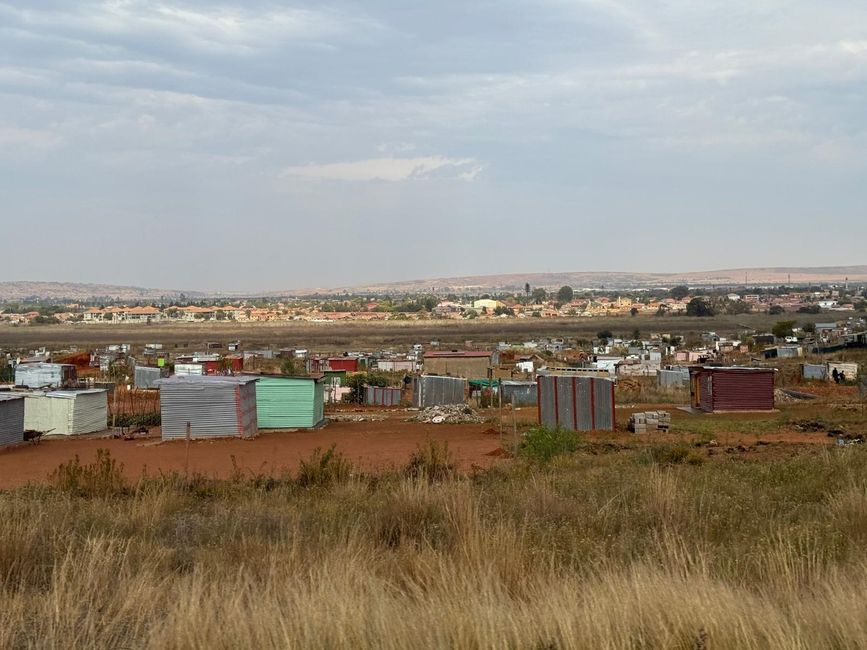

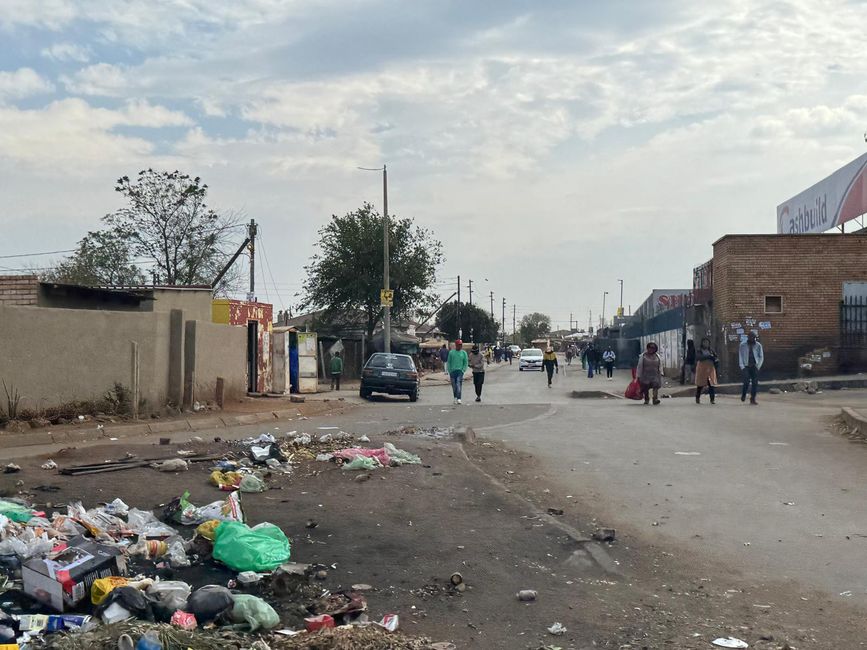
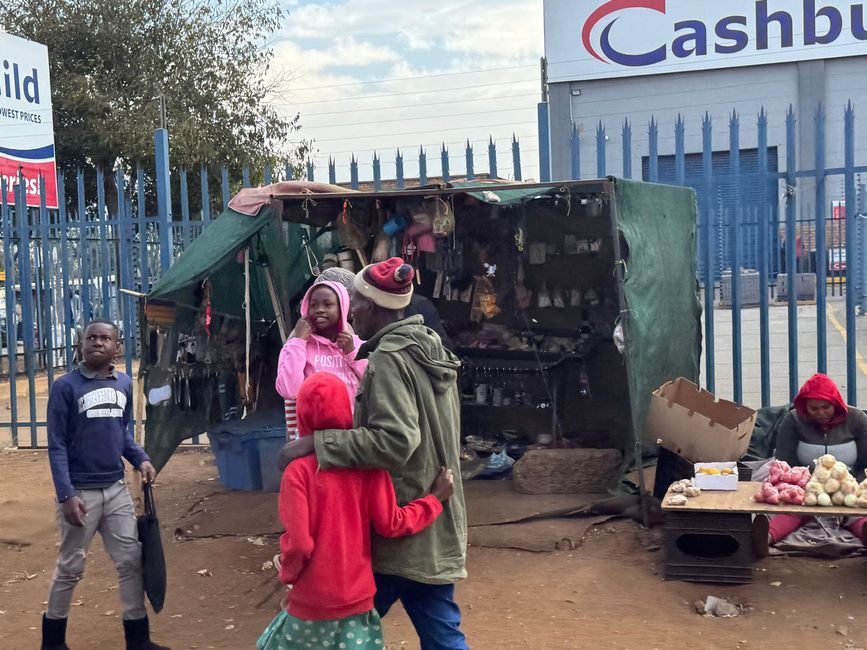
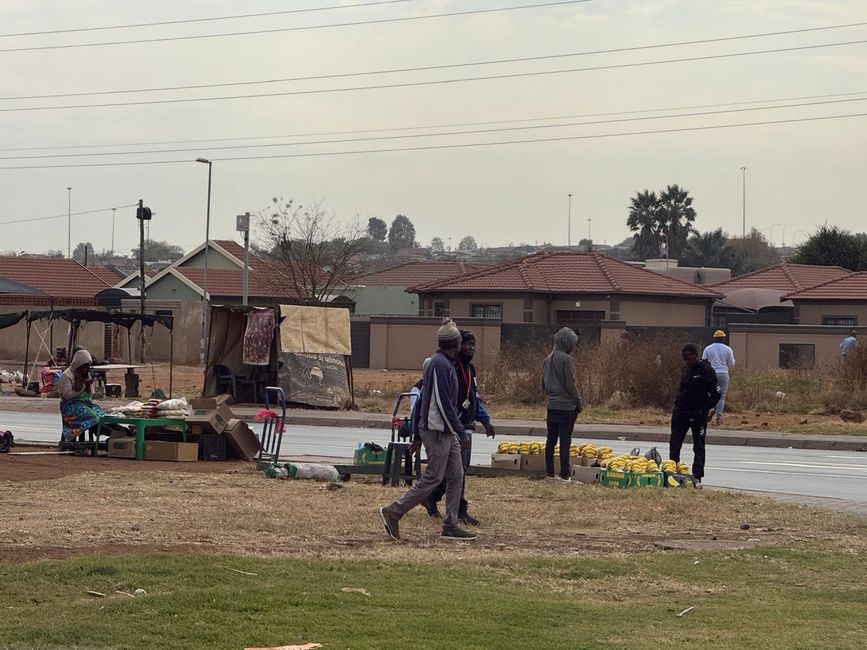
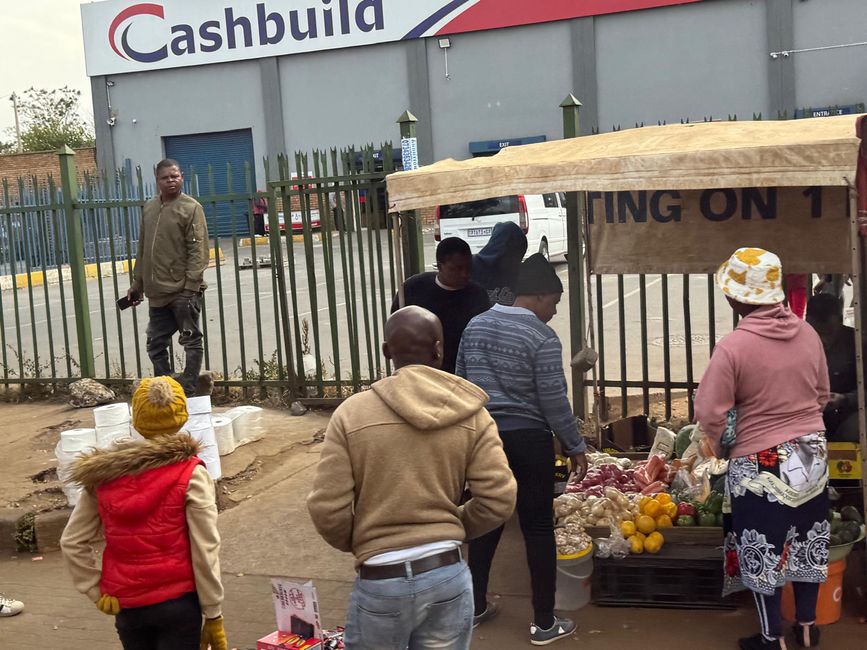

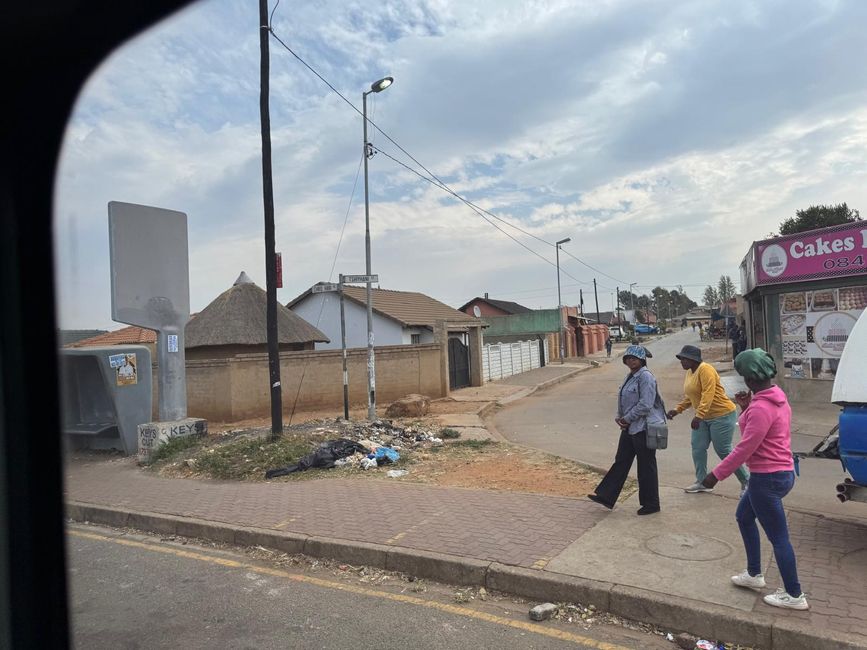
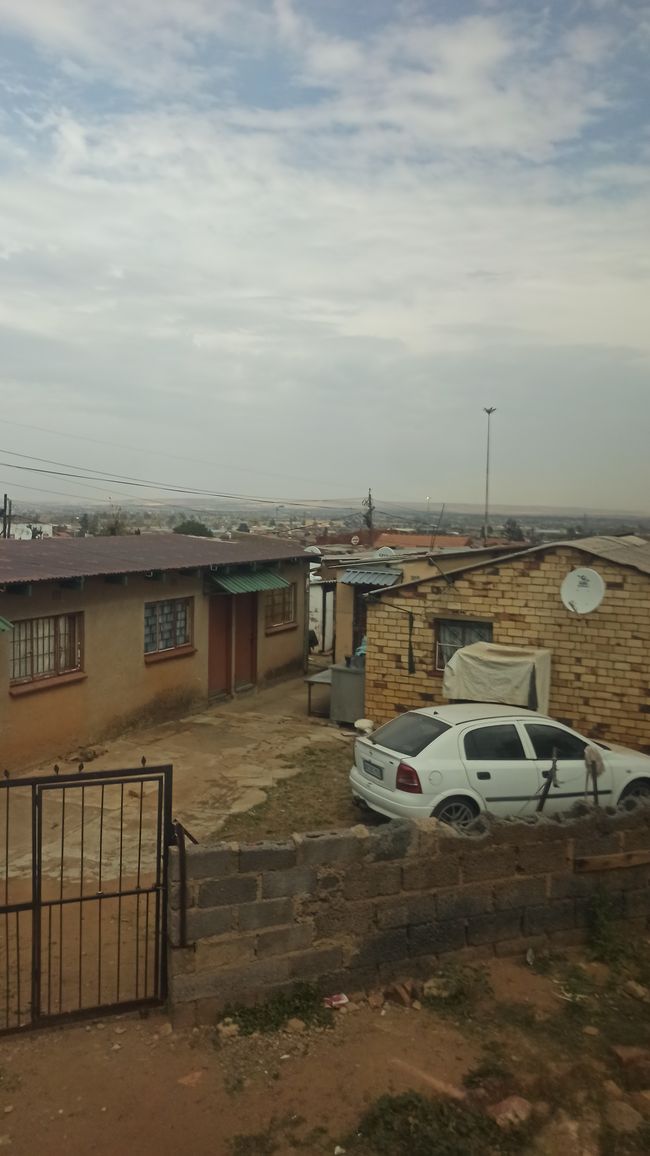
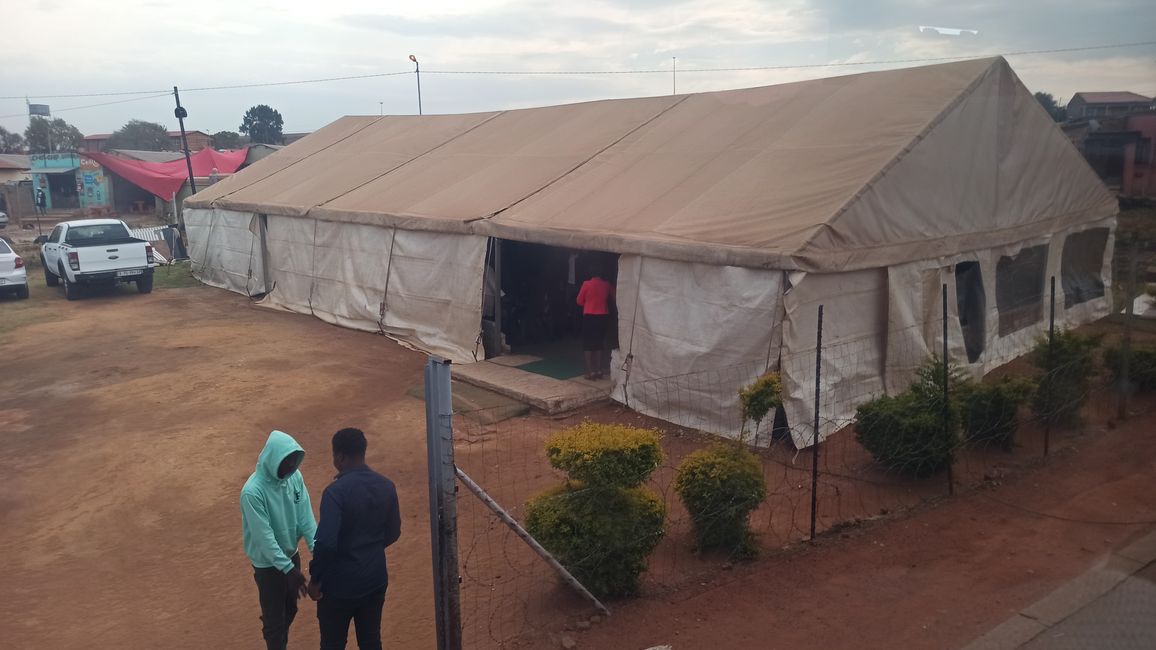


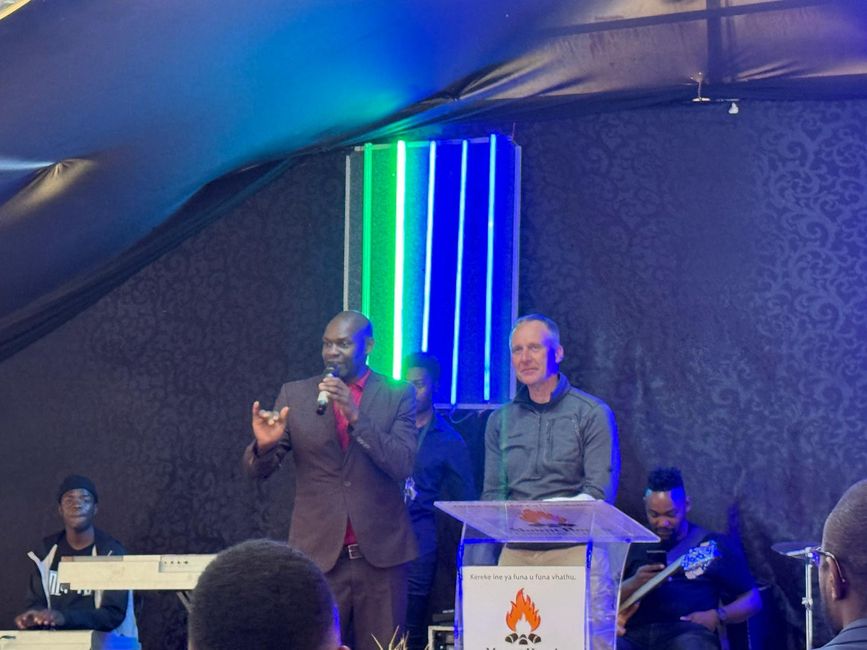
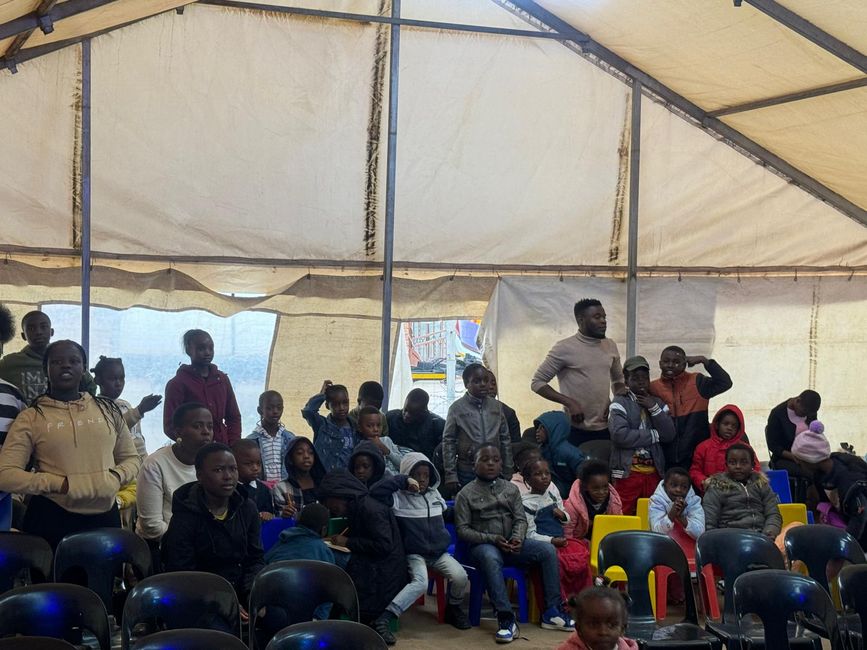
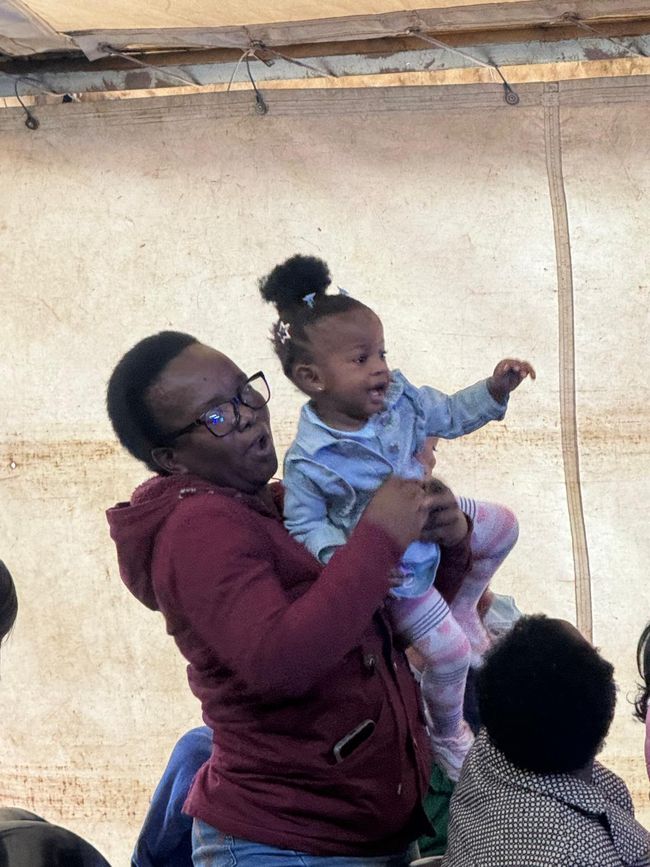
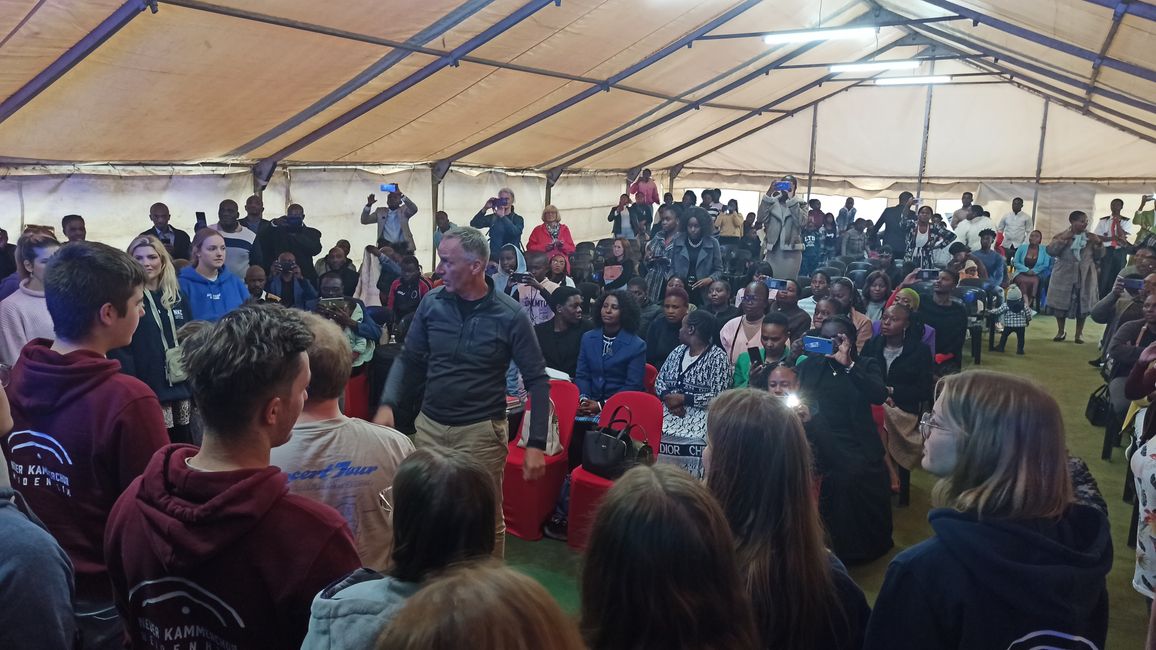
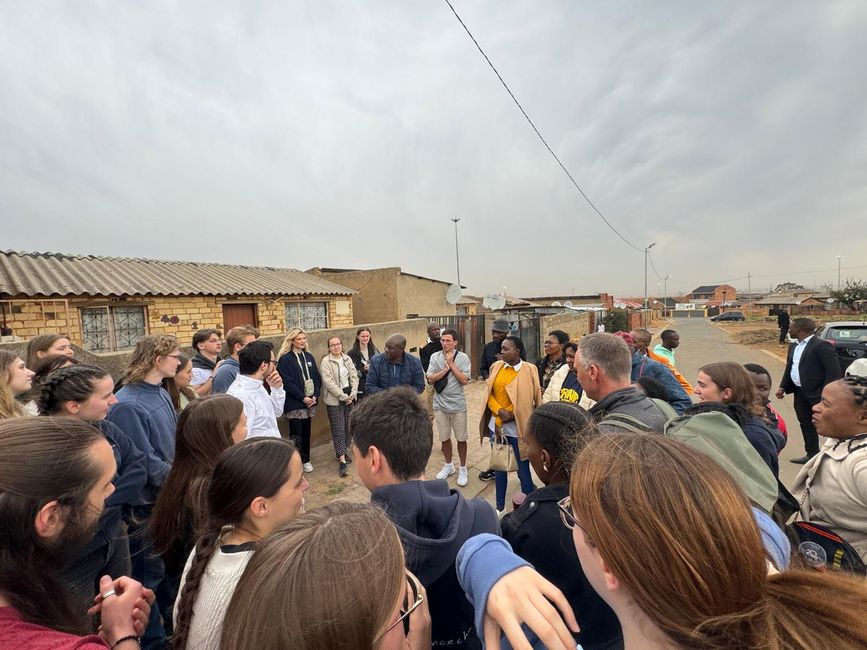
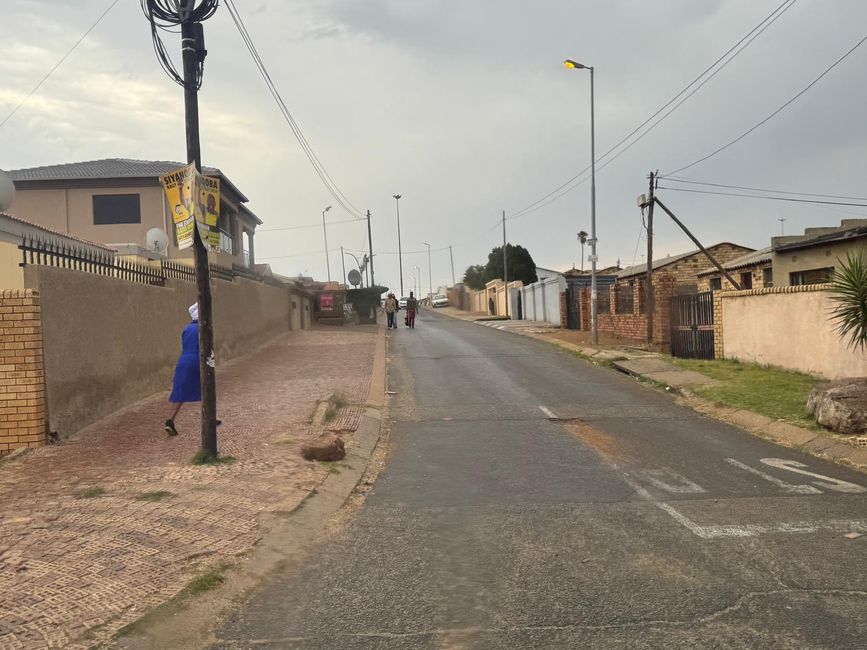
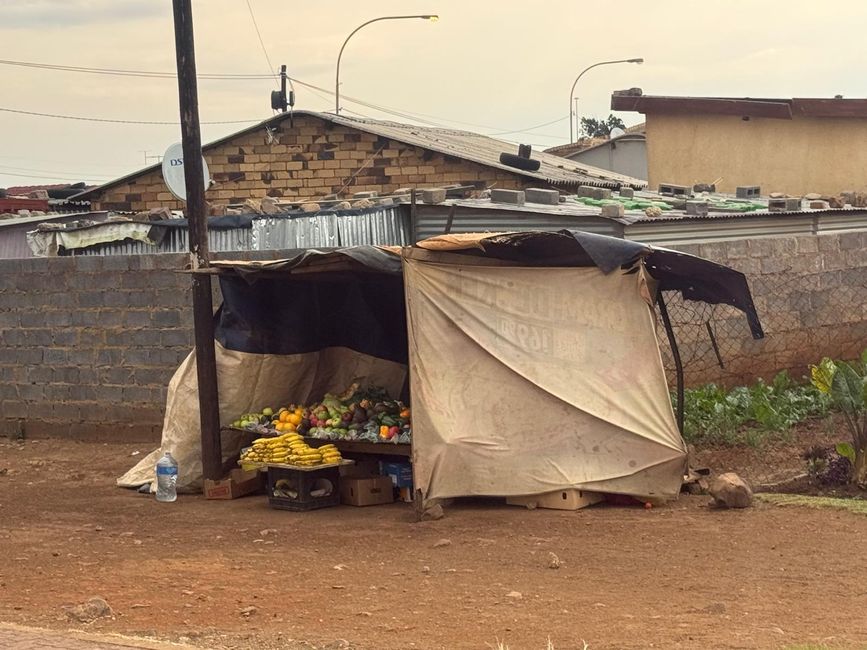
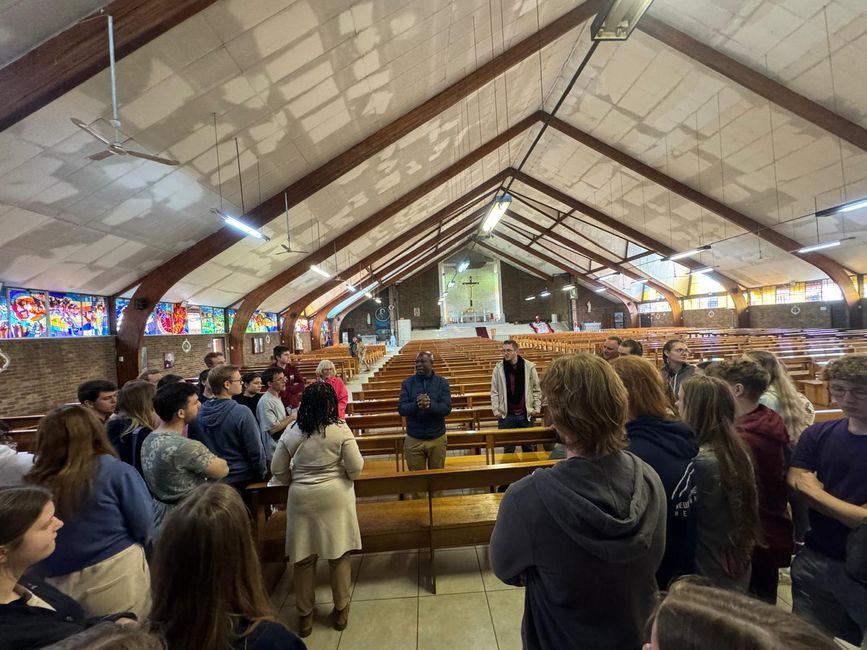
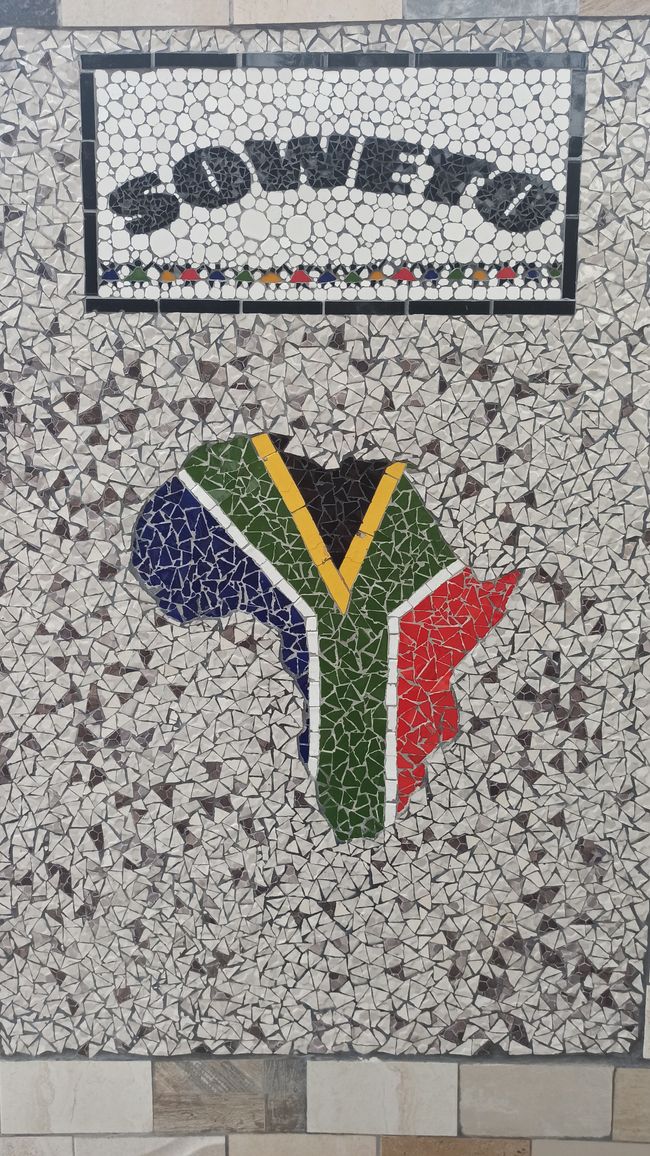
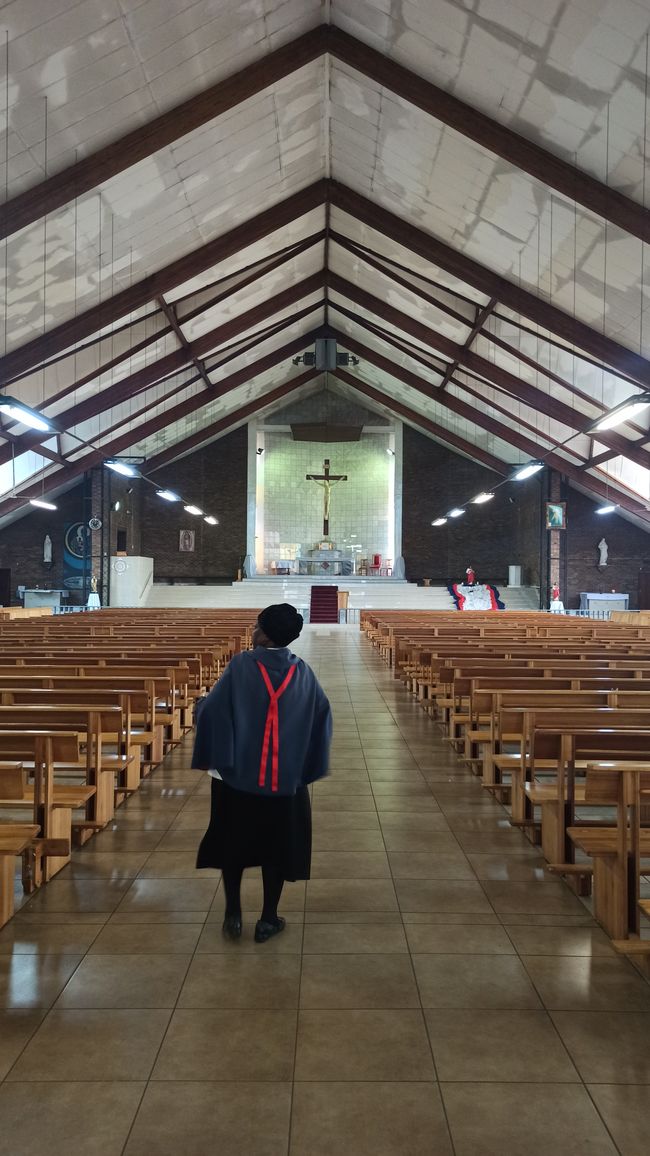

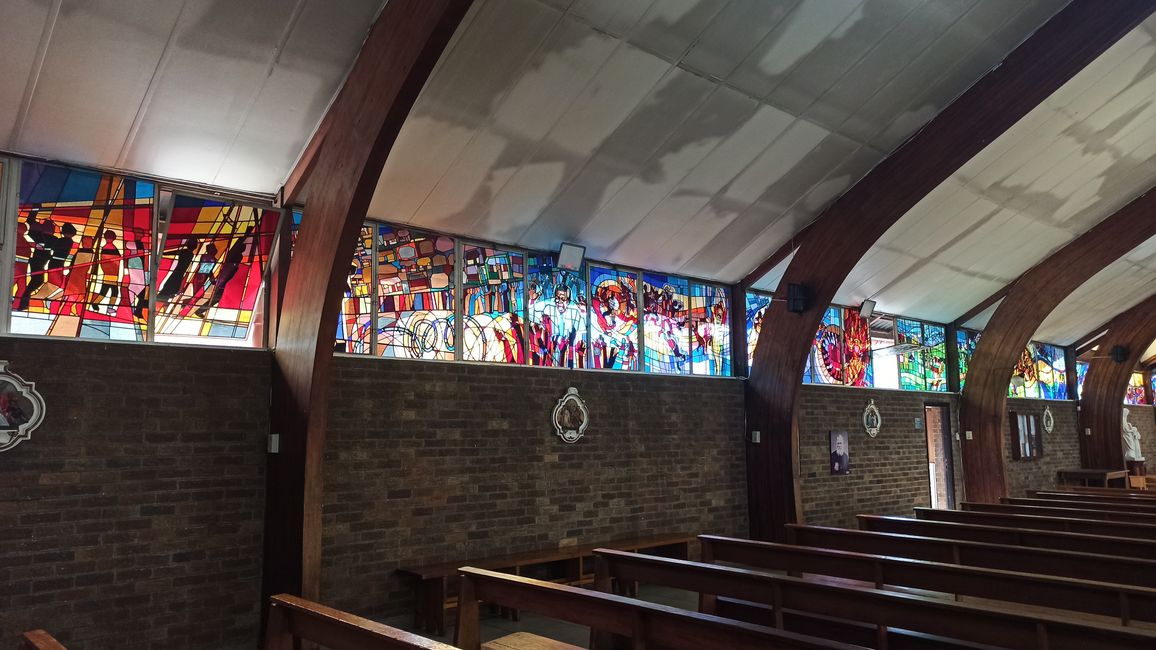
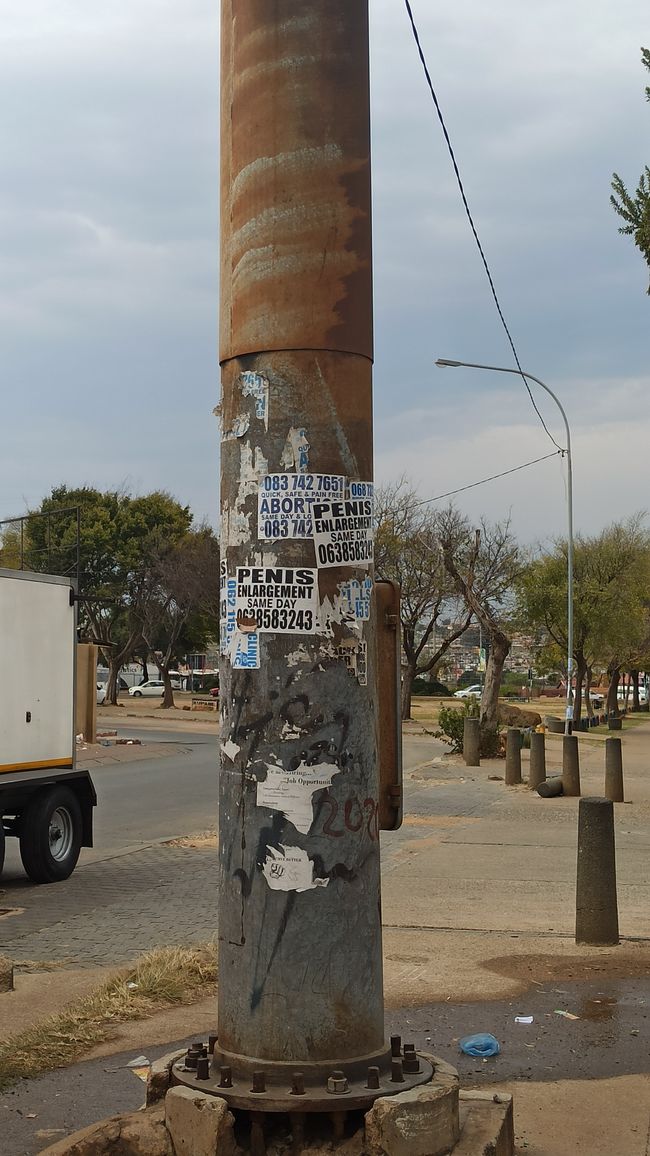
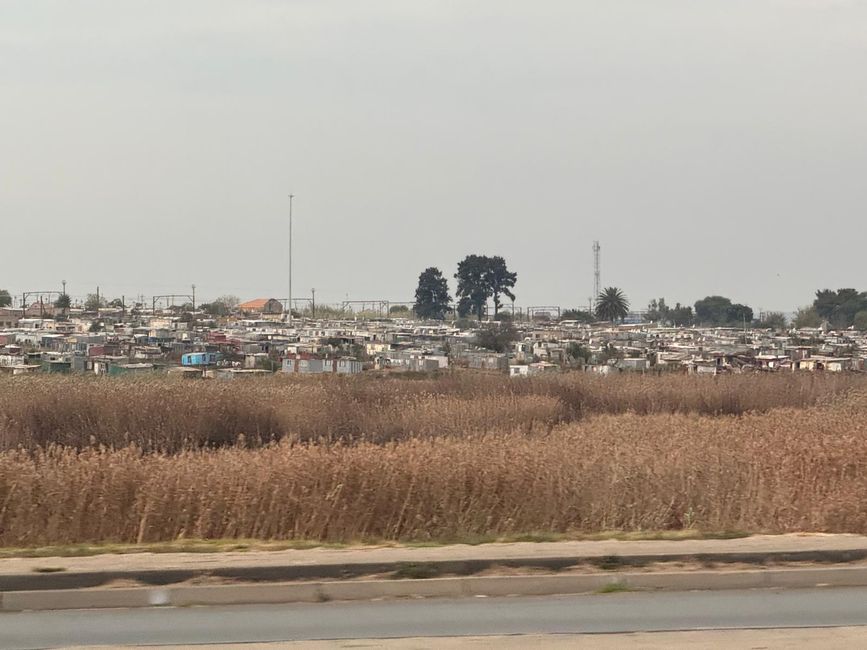
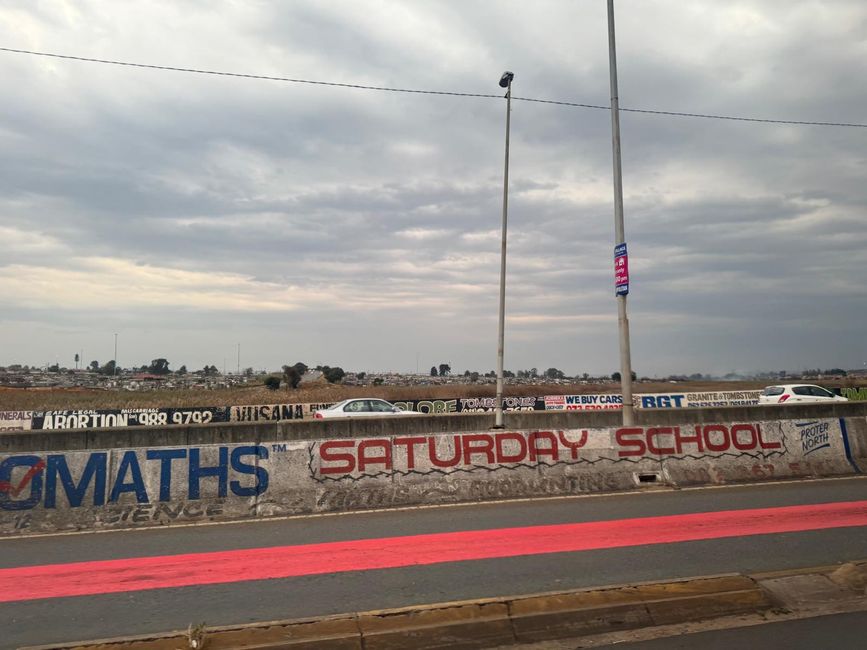
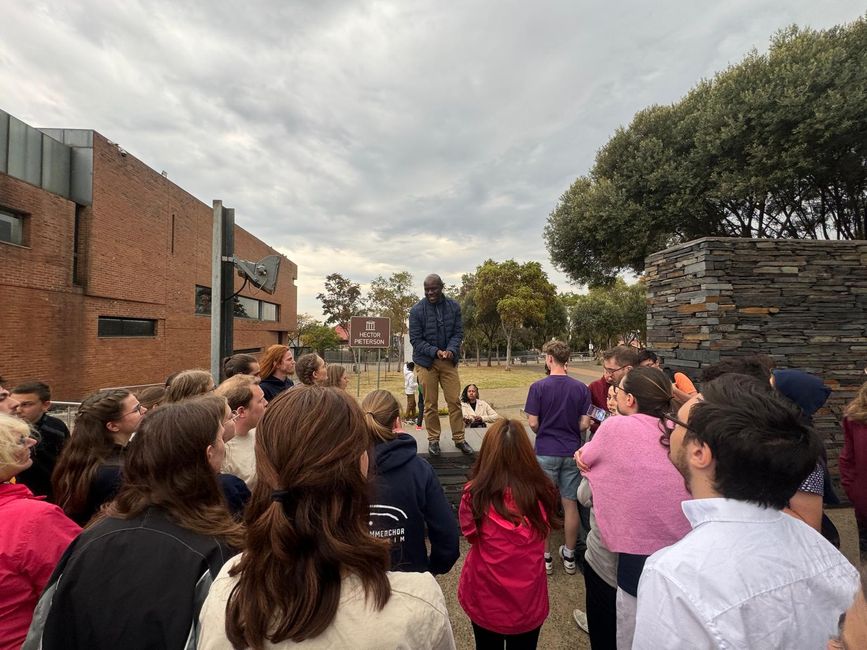
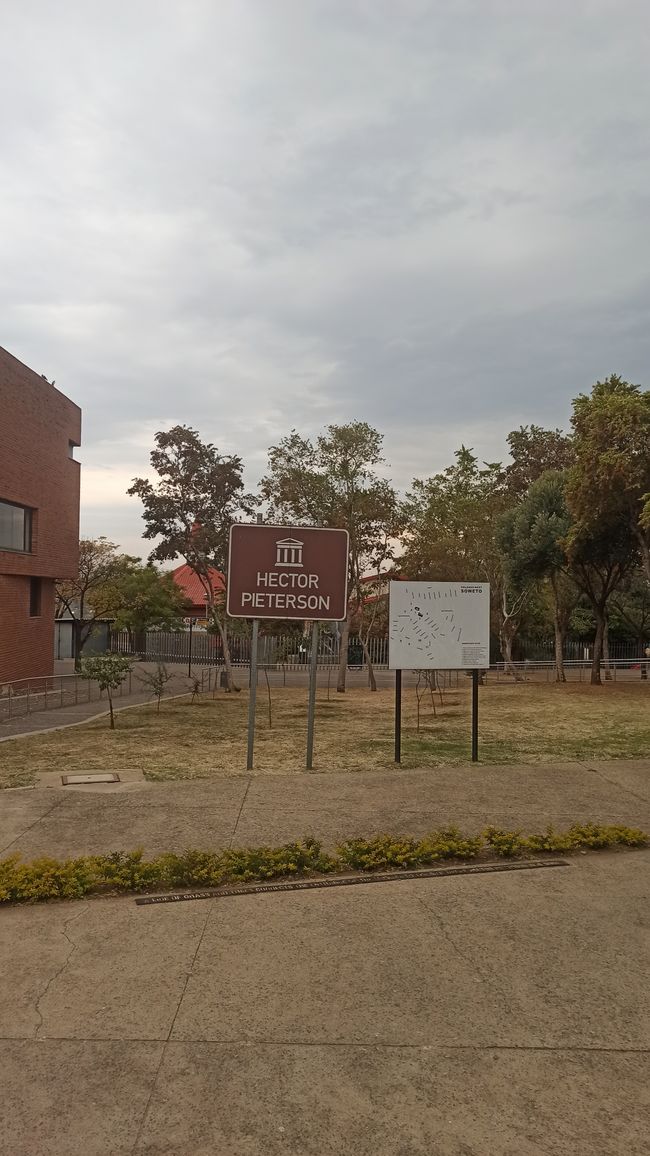
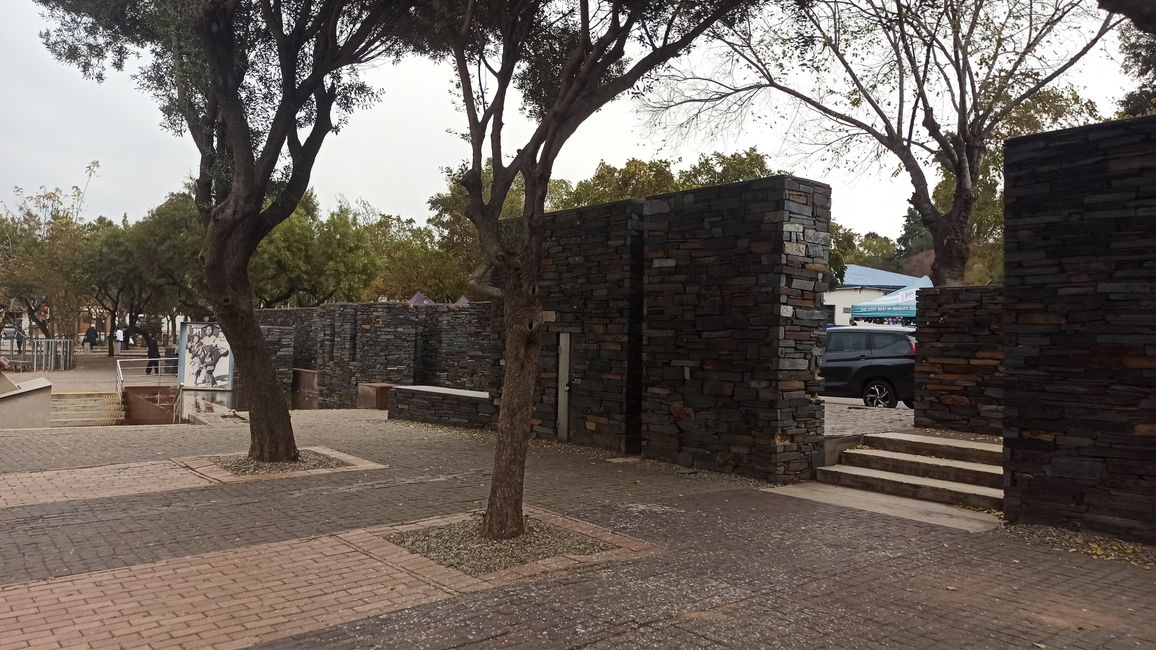
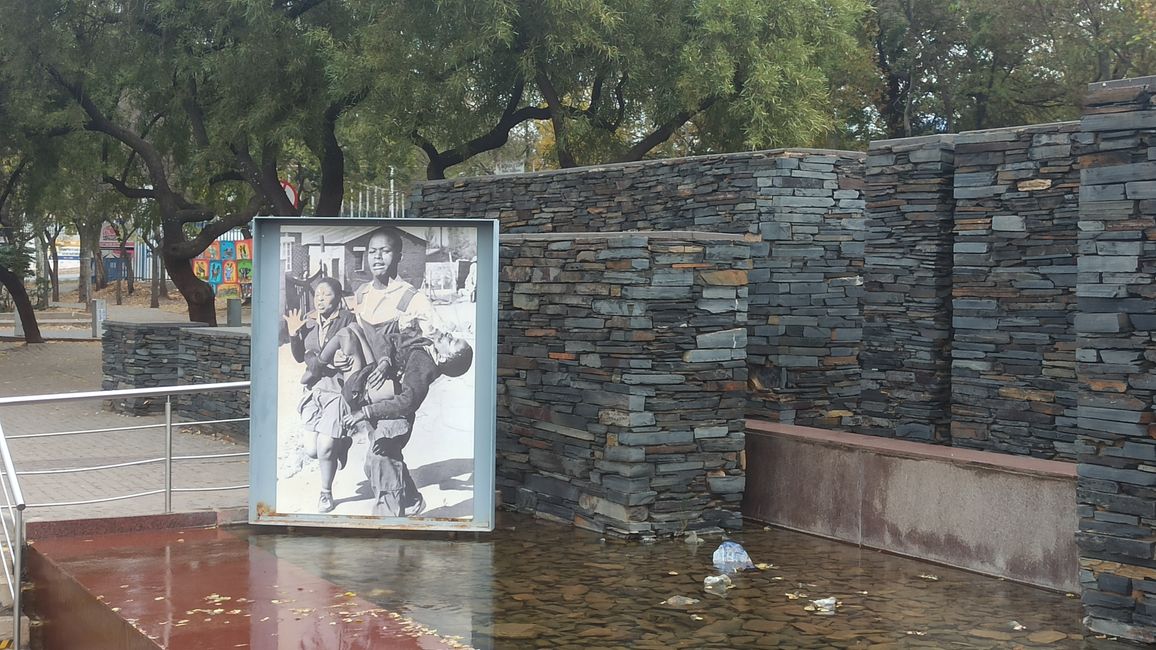
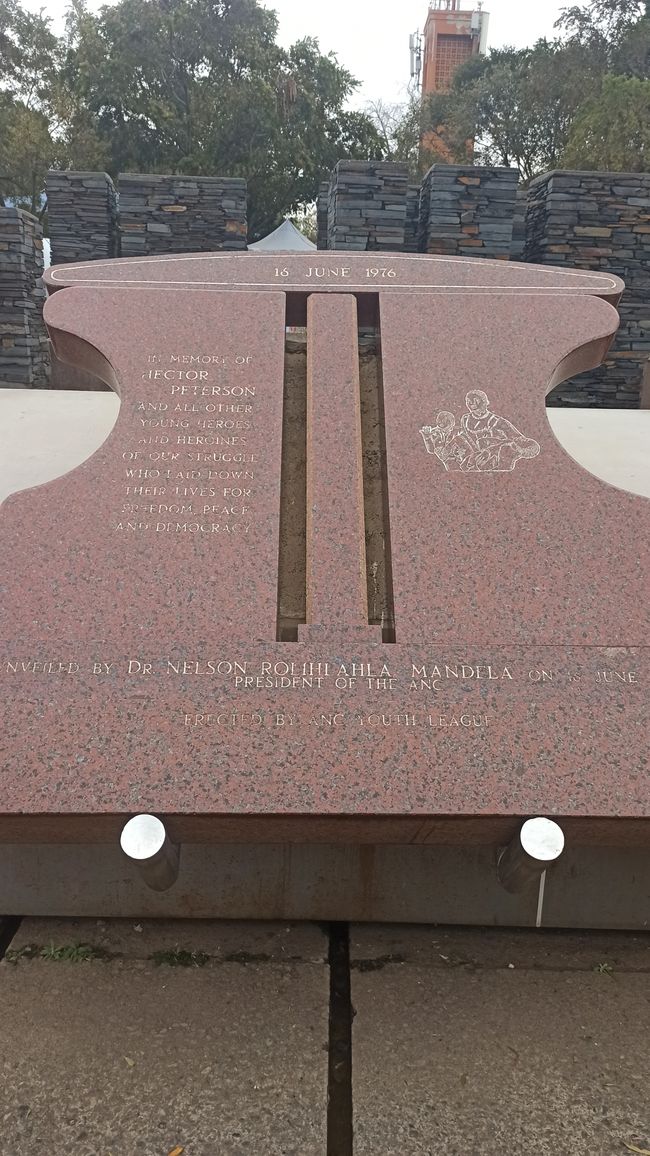

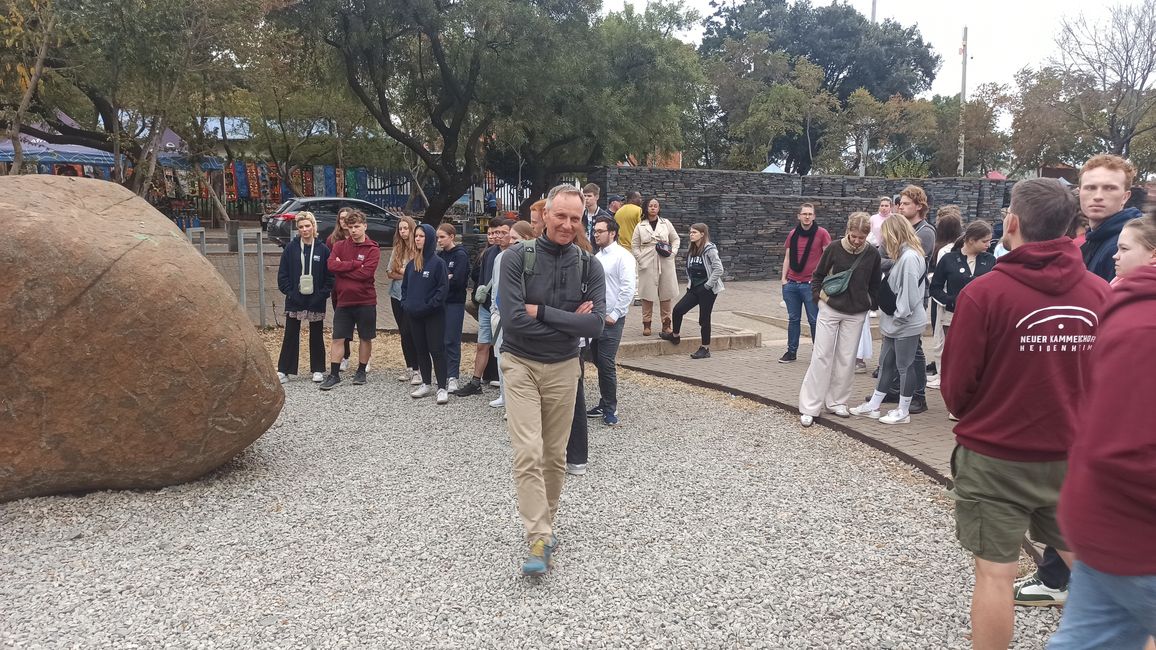
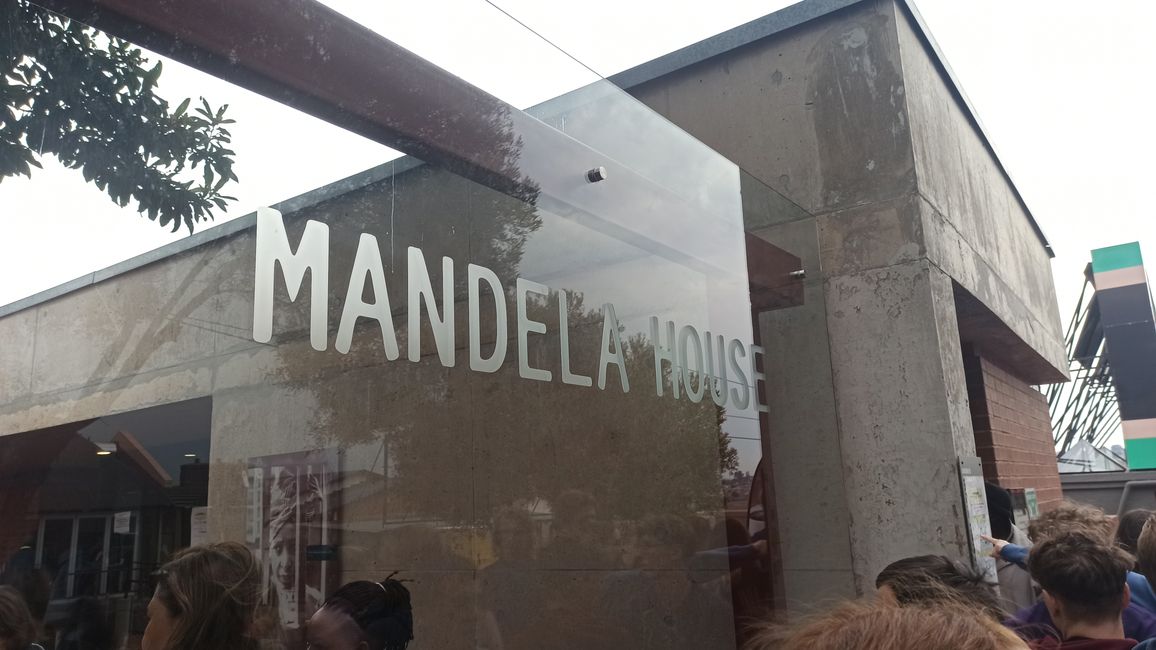
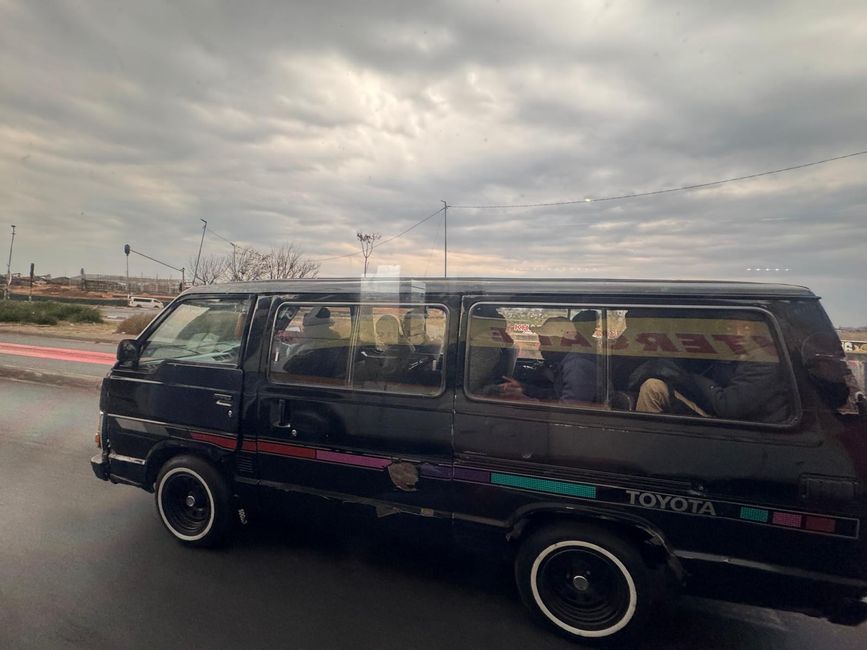
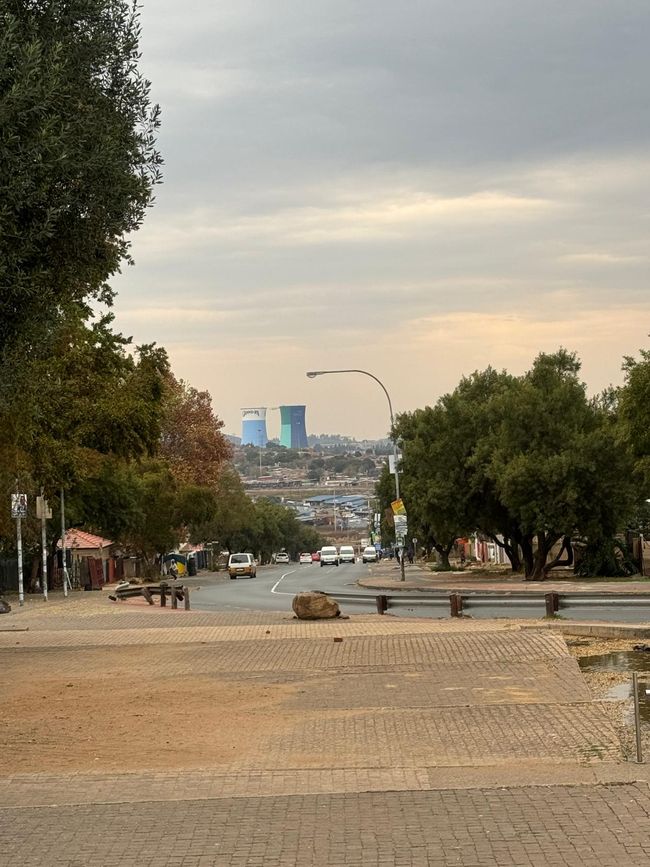

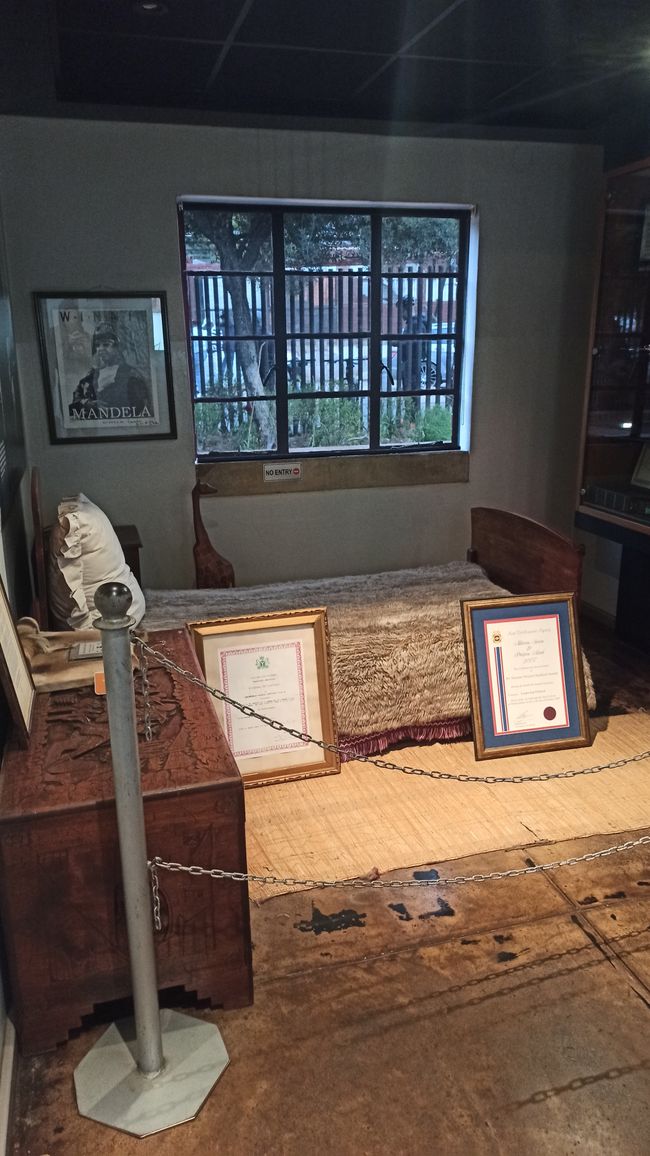

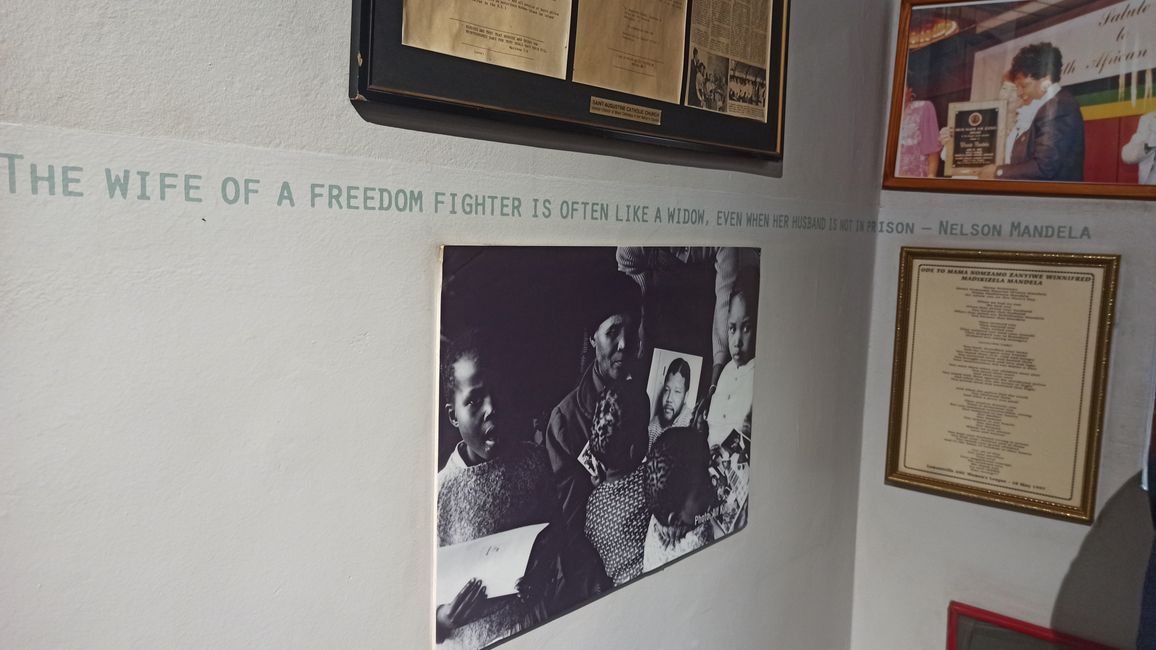
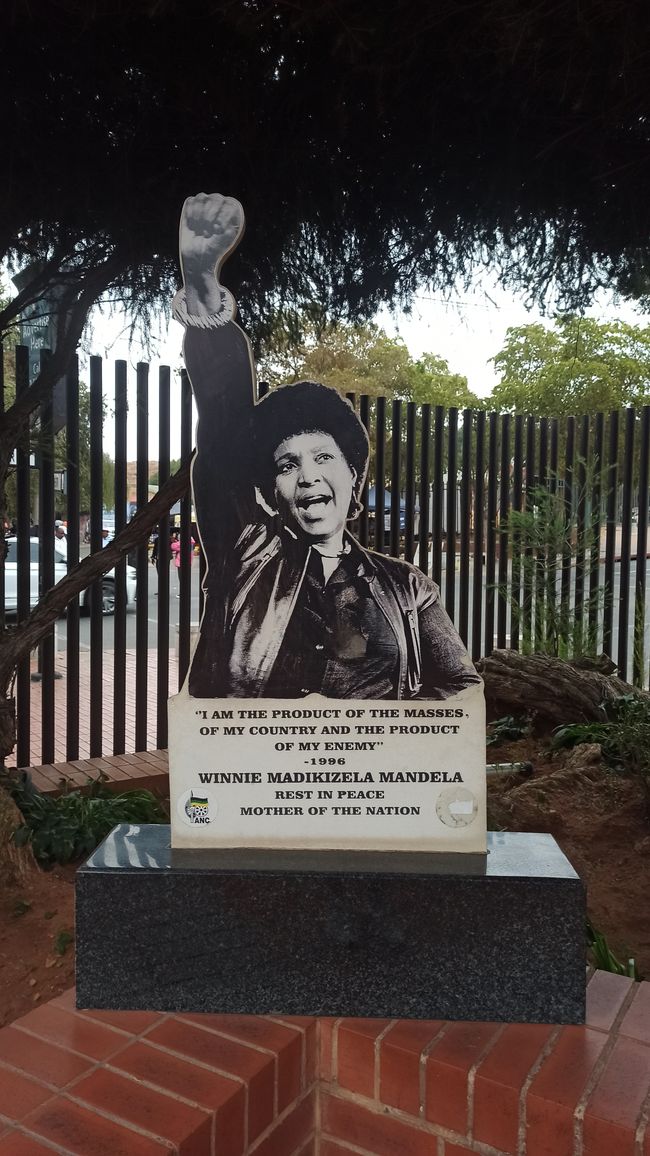
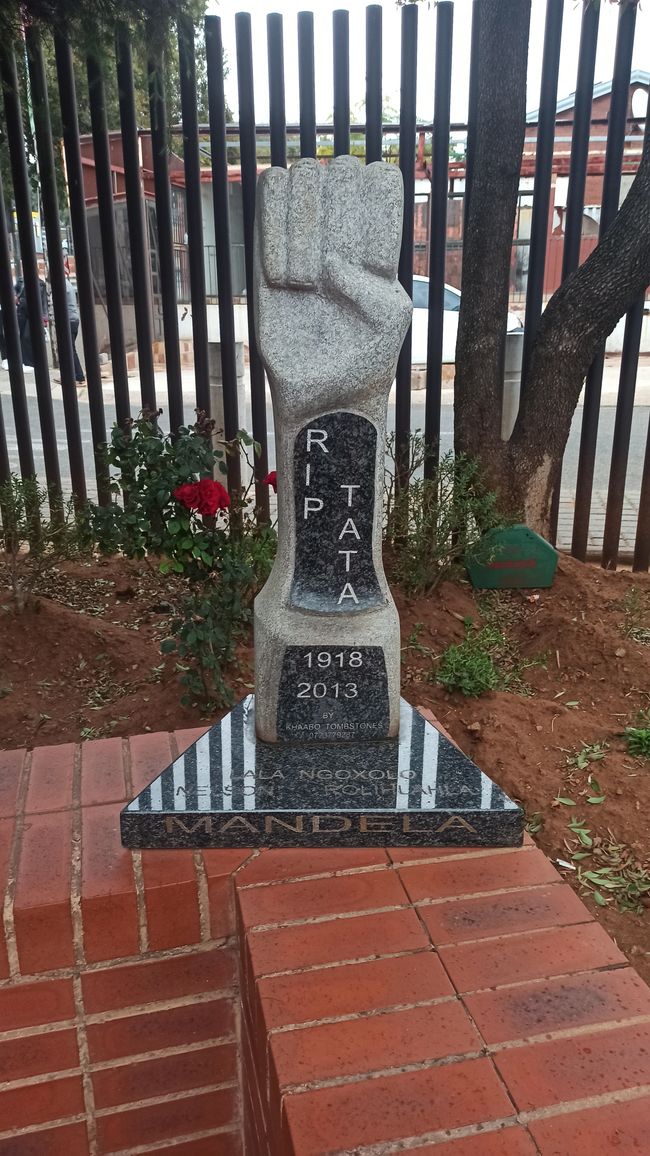
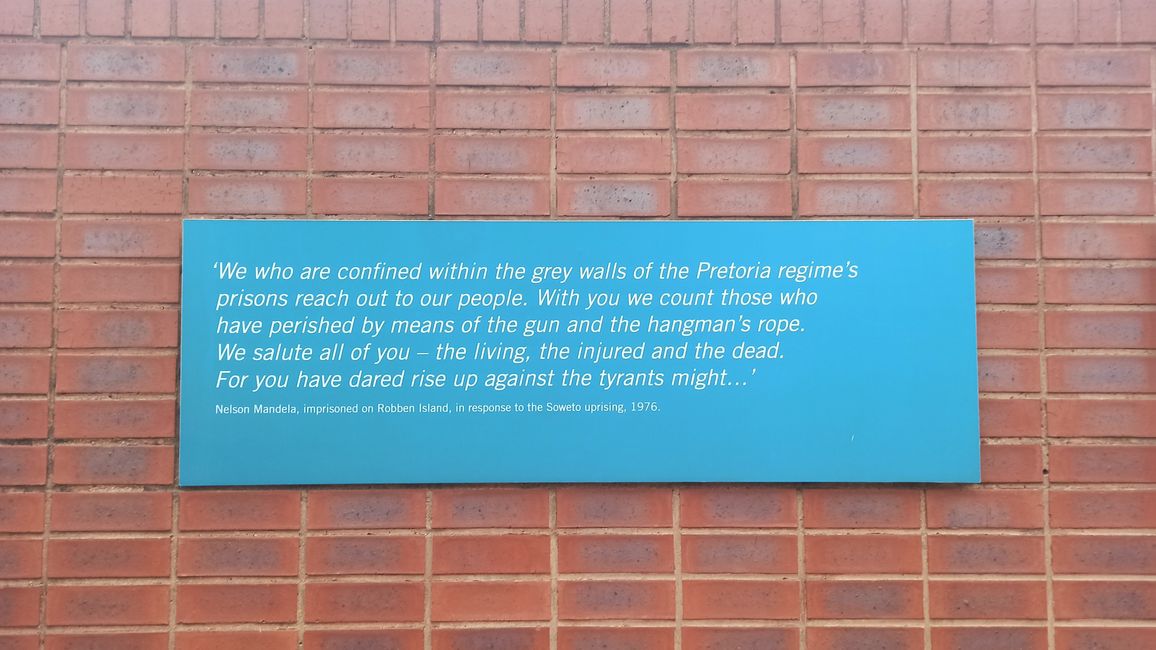
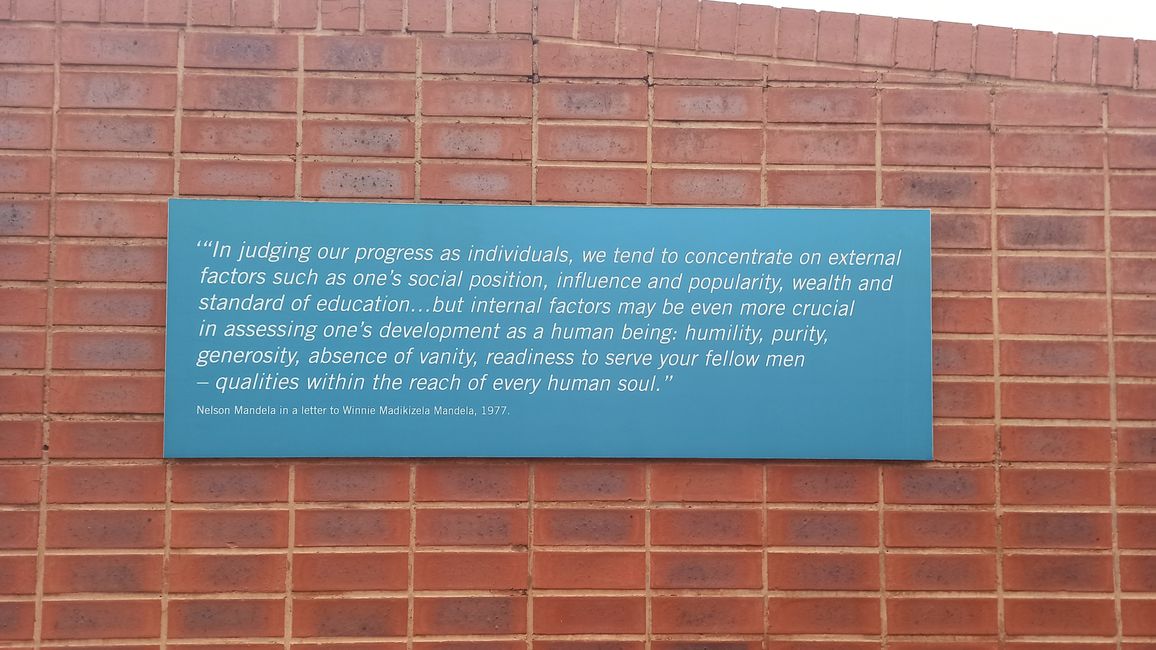
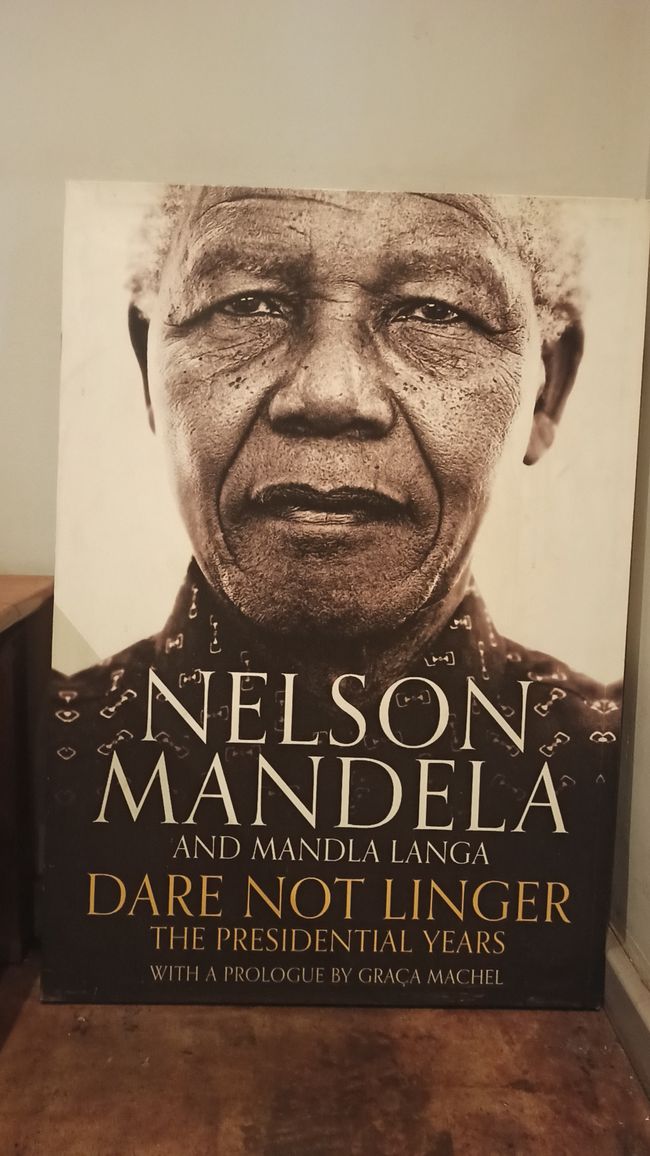
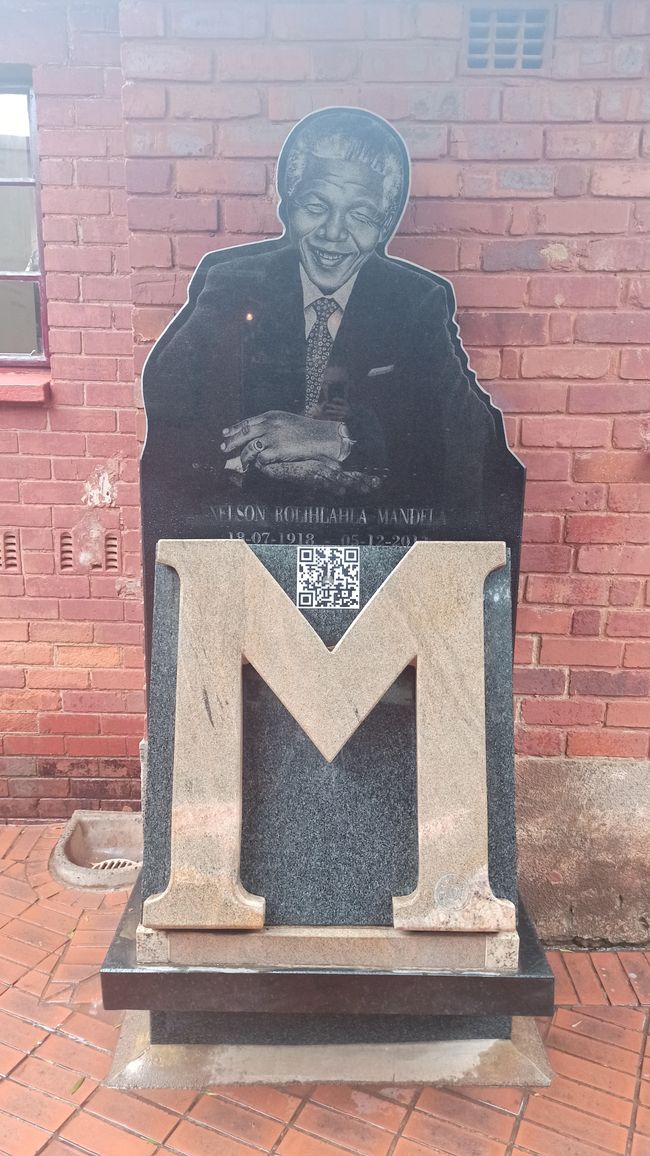
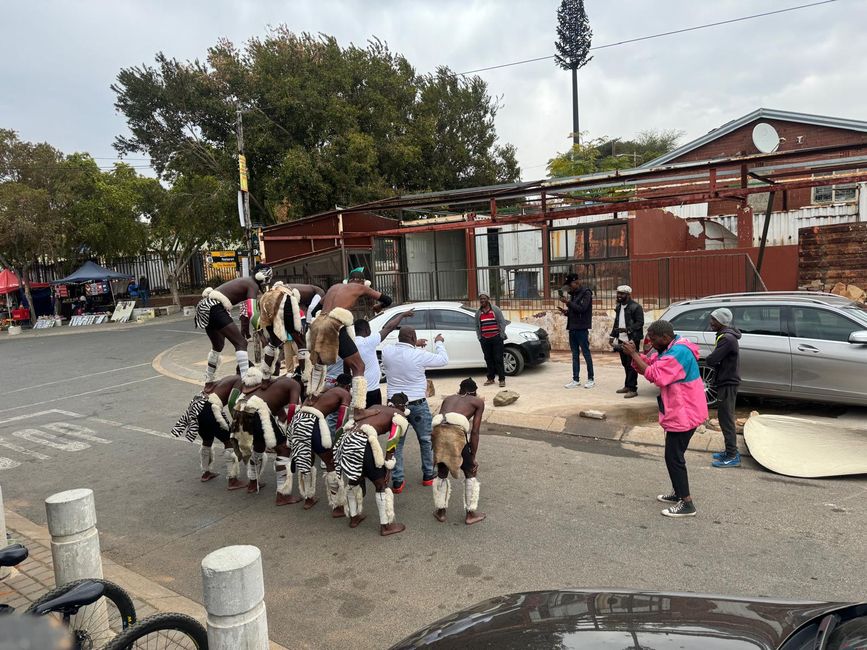
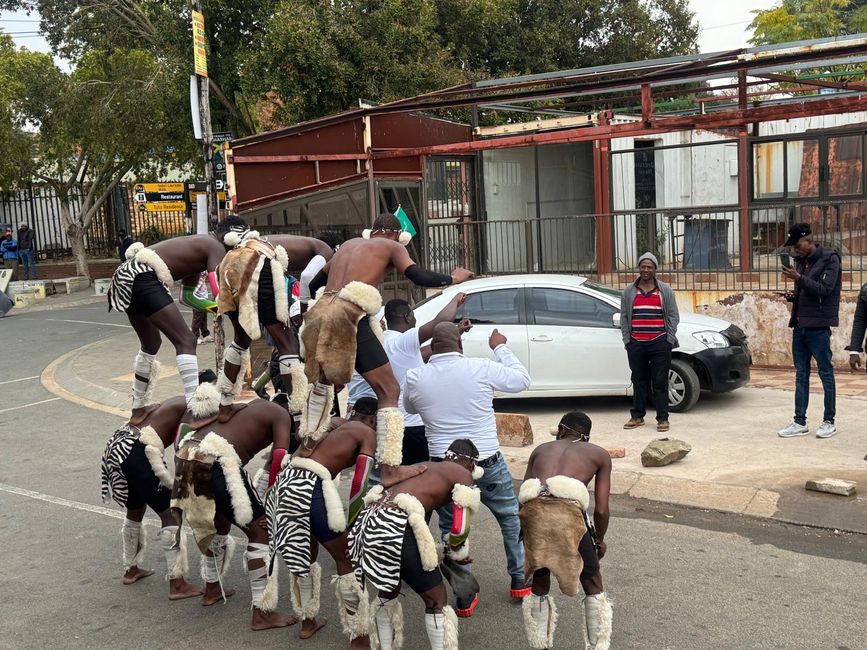
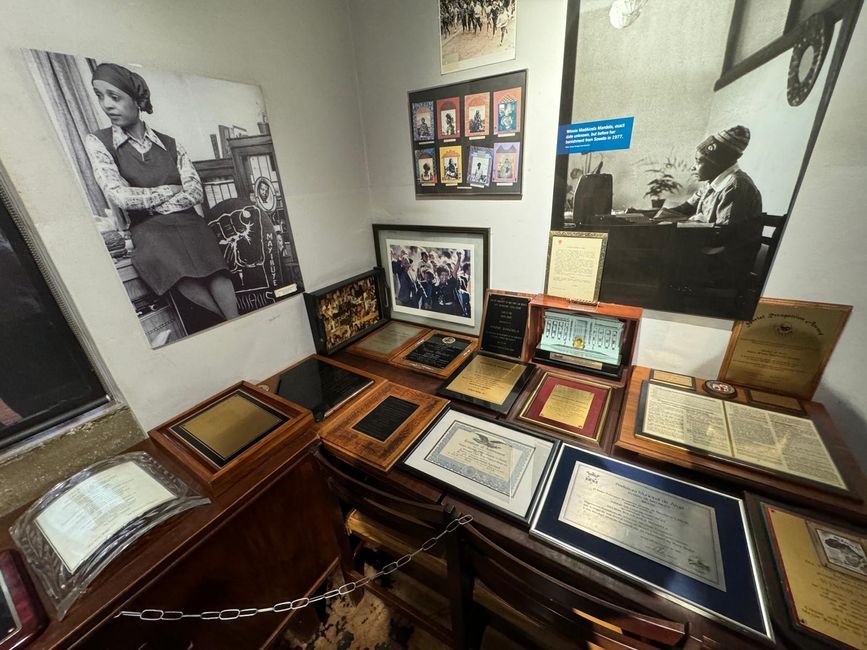
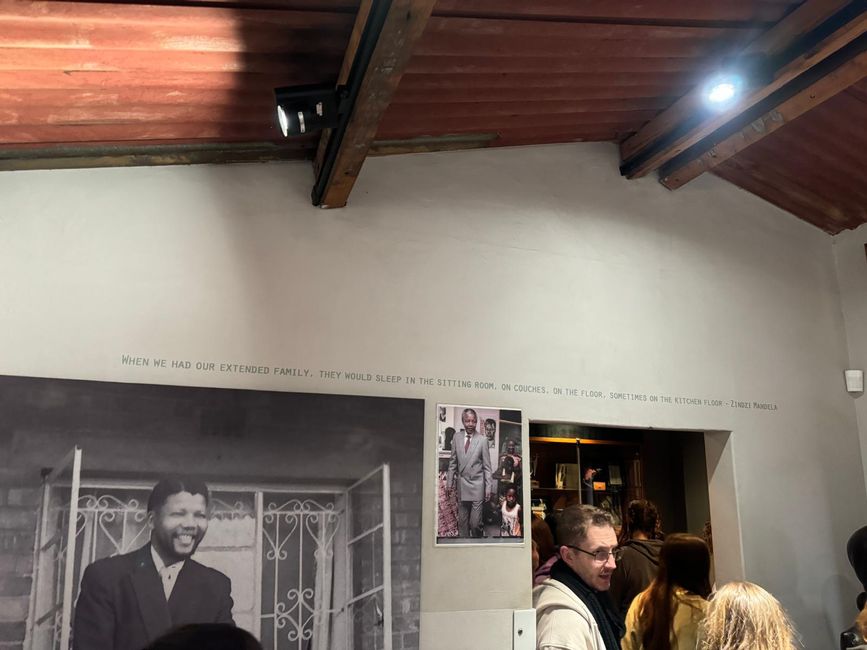
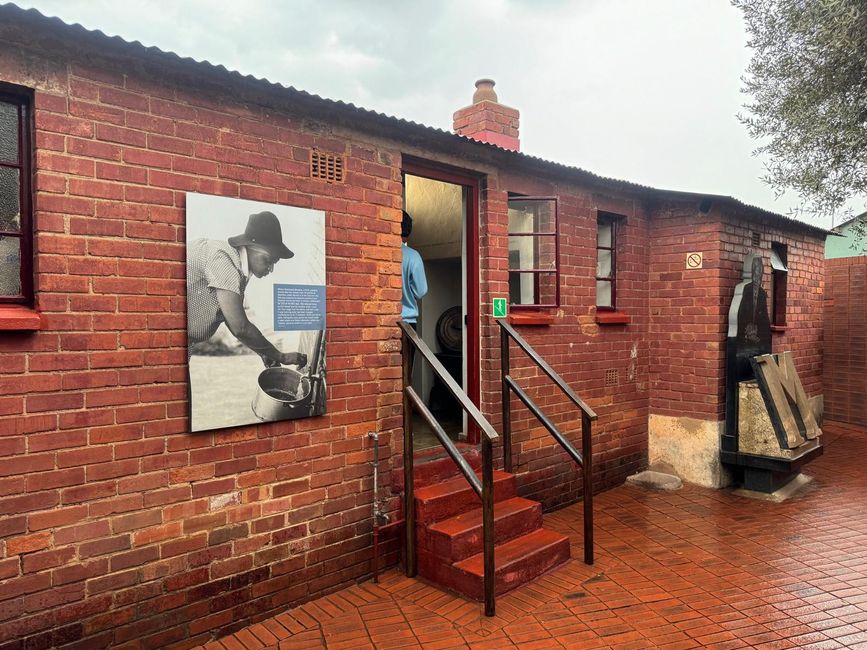
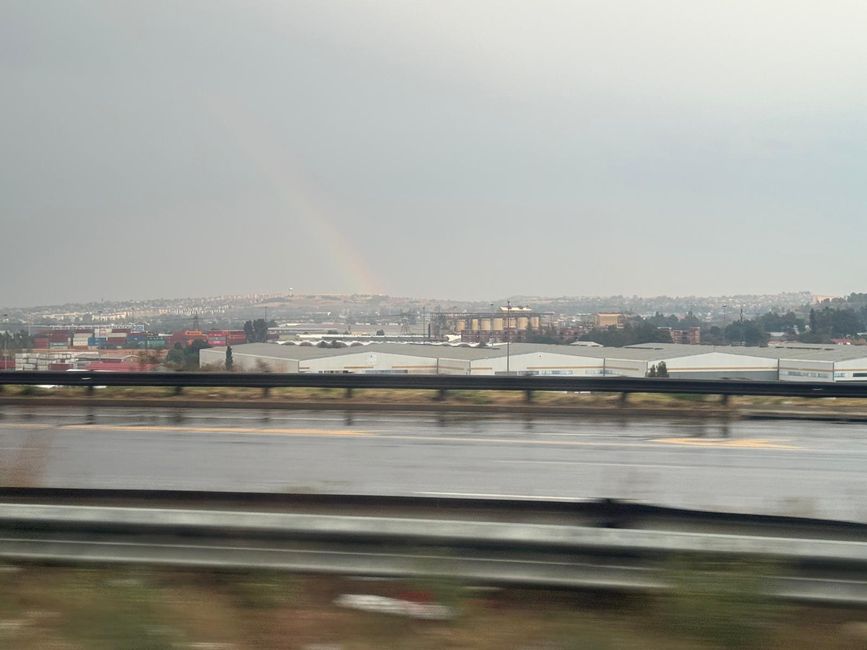

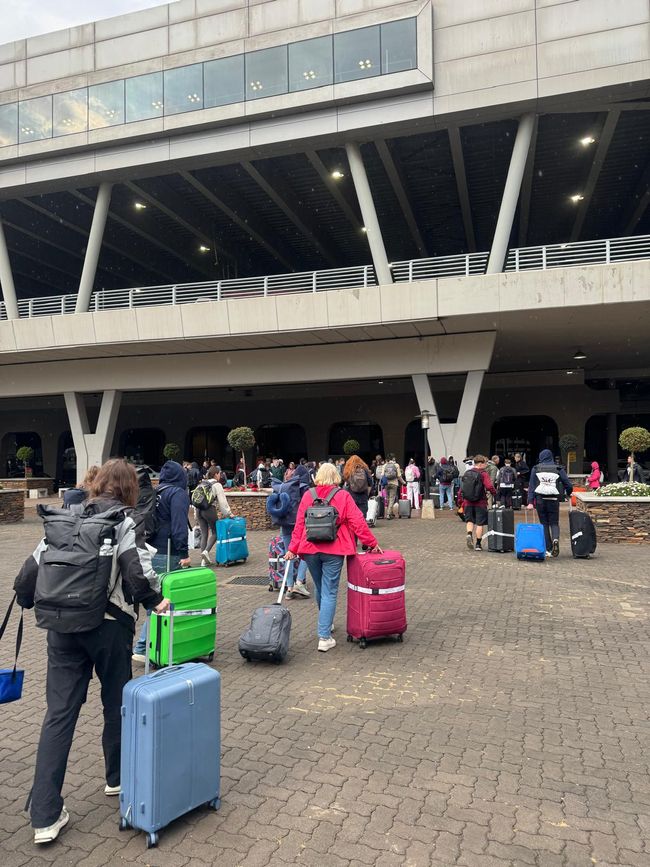
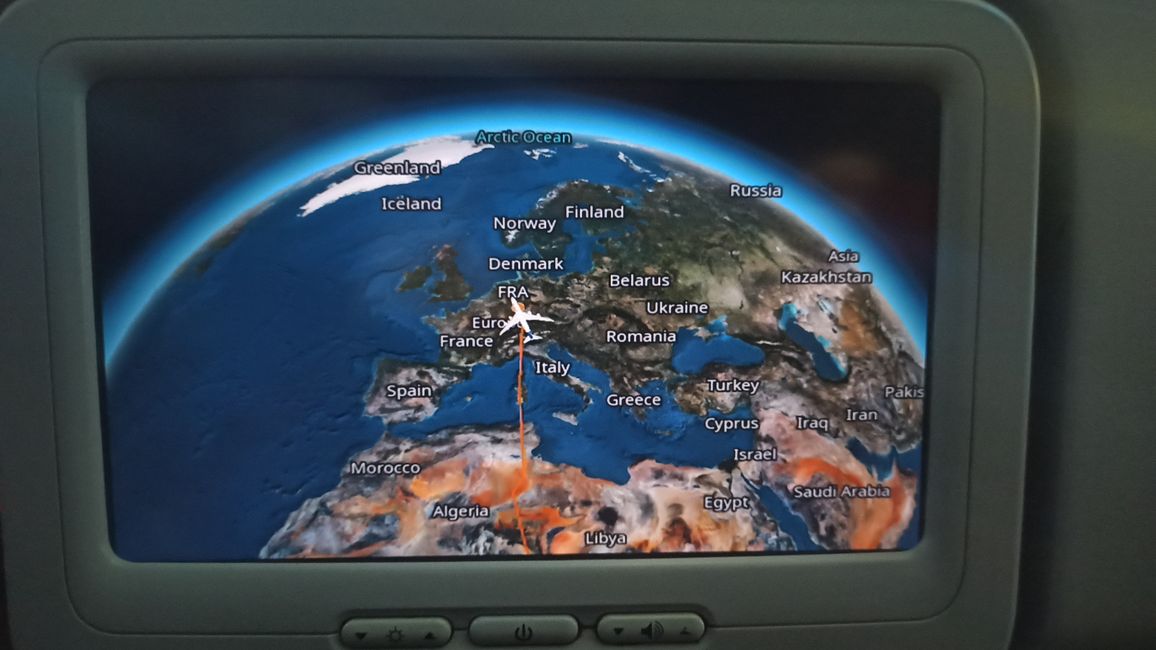
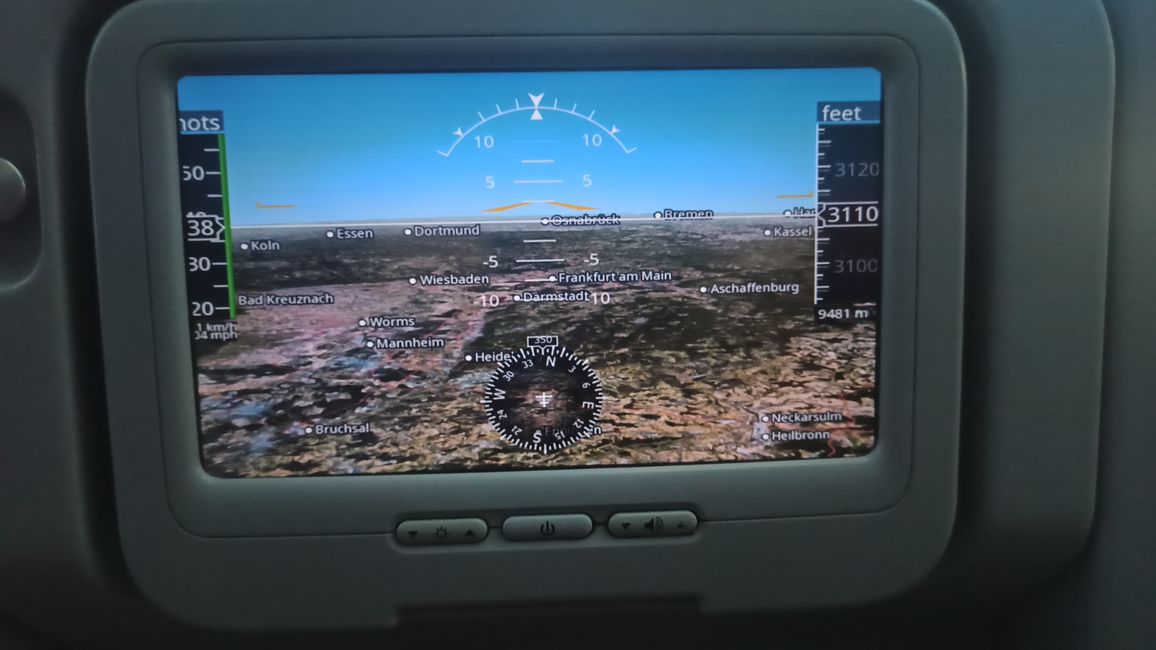
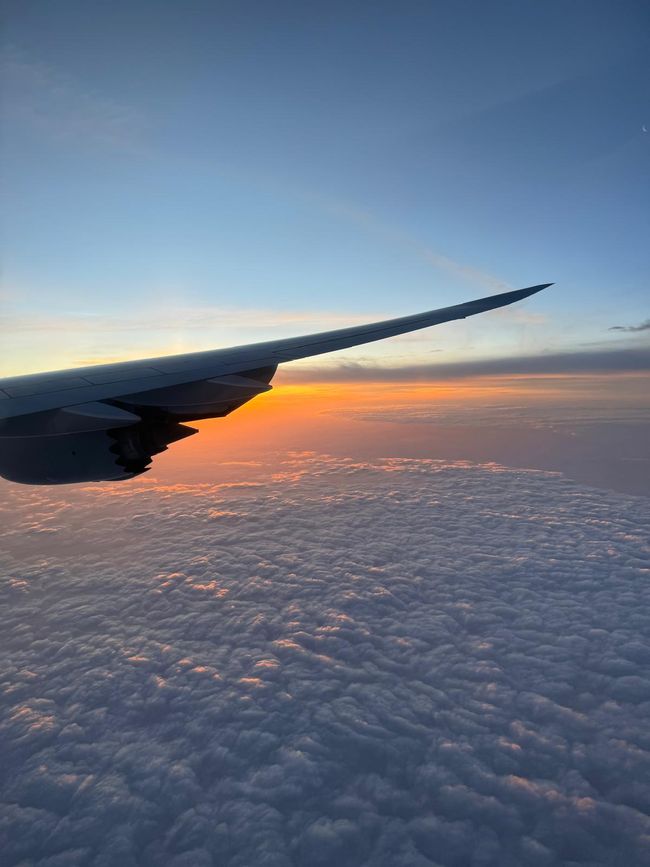
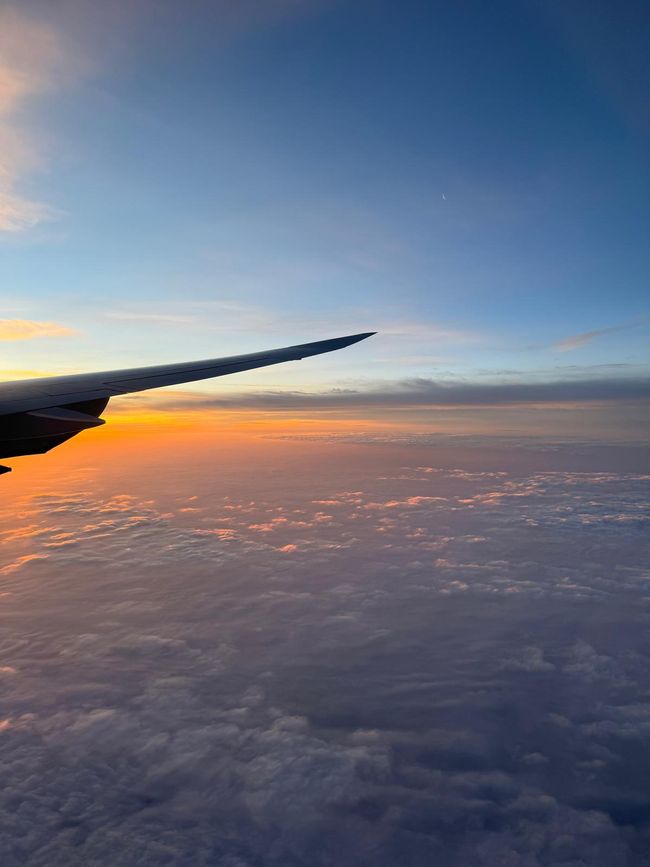
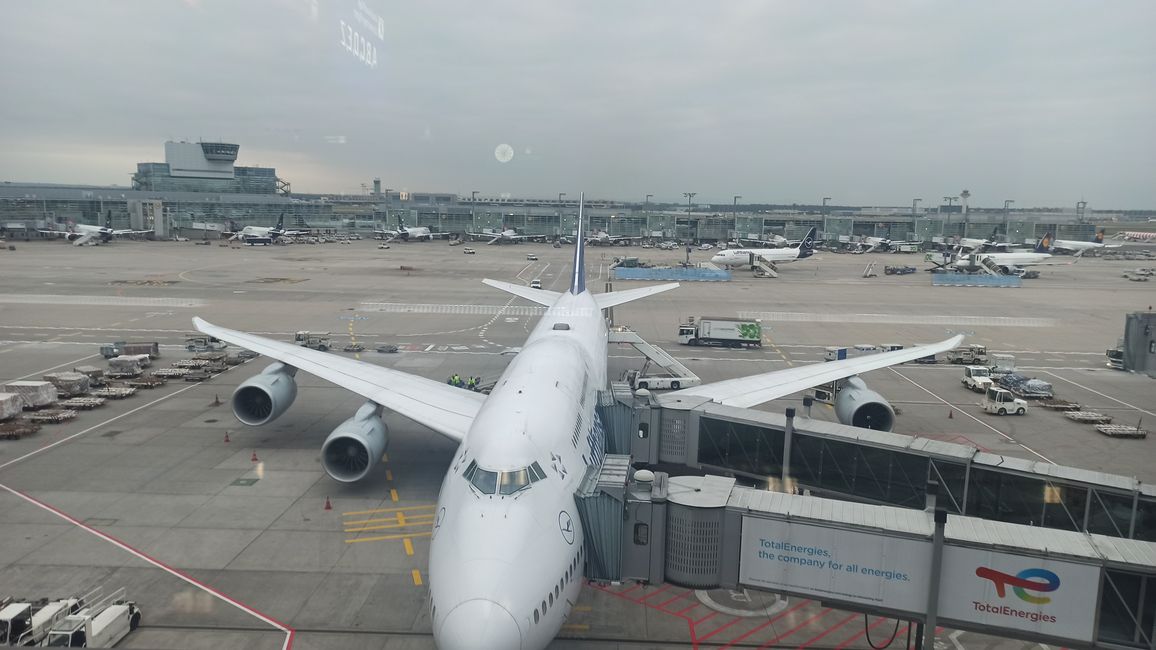
Мэдээллийн товхимолд бүртгүүлнэ үү
At 9:30 a.m. our host families dropped us off in the parking lot of the University of Pretoria. The luggage was loaded, lots of photos were taken and a few tears were shed. After we had sung together with our host brothers and sisters one last time, it was time to say our final goodbyes.
Before we went to the airport, however, we made a detour to Soweto. Soweto is short for "South Western Townships" and was an administrative merger of numerous township settlements in the southwest of the South African industrial metropolis of Johannesburg in 1963. From 1983 to 2002, Soweto was an independent city. Since 2002, it has been part of the metropolitan municipality of the City of Johannesburg.
In Soweto we attended a church service. It took place in a white, flat tent. When we got off the bus, loud music and singing were already blaring towards us. When we then entered the tent we were overwhelmed. About two-thirds of the tent was filled with people, all of whom were smartly dressed for the Sunday service. They were standing in front of their chairs facing the stage, on which a man with a microphone was standing and speaking loudly about God and Jesus in a mixture of singing and speaking, and thanking them. Loud music was playing, including keyboards and drums, and people were shouting words of encouragement and cheering. The atmosphere was amazing. We were completely speechless and pretty overwhelmed by this moment. The whole thing lasted about 10 minutes. Then another man took the microphone. He welcomed the people and greeted us as special guests from Germany. He called Mr. Kammel to the front of the stage and they sang again, this time together with the people in the tent and Mr. Kammel, who had been given a microphone and was supposed to sing the lead line of the song. He did very well;) Then the "Soweto Gospel Choir" was welcomed. The group, which has around 30 members, only a few of whom were at the service that day, was founded by choir directors David Mulovhedzi and Beverly Bryer in the Johannesburg district of Soweto. It made its first appearance in 2003 at the 46664 concert, which was initiated by Nelson Mandela. Since then, it has completed several international tours, won two Grammys and in 2010 sang the hymn Sign of Victory together with the American R. Kelly at the opening ceremony of the Football World Cup in South Africa. The group continued the service and sang three rousing songs. Of course, everything was done with movement and so much energy that it spilled over onto everyone in the audience. Of course, the people then wanted the choir from Germany, who were attending the service, to play some music as well. Of course we obliged and sang Witness and Kwangena. Unfortunately, we then had to say goodbye again and left the tent, not without receiving one last blessing.
Quite overwhelmed by the impressions, we drove our bus through Soweto to the "Regina Mundi Catholic Church". It is the largest Roman Catholic church in South Africa. Due to the role it played as a meeting place for the people of Soweto in the years before, during and after the struggle against apartheid, it is often referred to as the "people's church" or "people's cathedral". People gathered in the church and instead of holding services, they made plans to fight against apartheid. Since political meetings were banned in most public places, the church became the most important place where people in Soweto could meet and discuss. Even funerals often ended up in political meetings. Therefore, Regina Mundi was one of the most important centers of anti-apartheid activism in the Gauteng province.
During the Soweto uprising of 16 June 1976, when students were shot at by police during a protest in Orlando West, many protesters fled to Regina Mundi. Police entered the church and fired live ammunition. No one was killed, although many were injured and the church itself, as well as its furniture, decorations and symbols, were damaged. Both the interior and exterior walls of the church still bear the marks of the shootings.
A short bus ride further took us to Hector Pieterson Square. The 12-year-old boy Hector was shot dead by the police on June 16, 1976 during the Soweto uprisings.
Police opened fire on black students who were protesting every day against the introduction of Afrikaans as the medium of instruction for all school subjects because they preferred to learn in their native languages, Xhosa and Zulu. A news photo shows the fatally wounded Pieterson being carried by another boy while his sister runs alongside them. The anniversary of Hector Pieterson's death is known as Youth Day in South Africa.
We walked for about 10 minutes from Hector Pieterson Square to Mandela House. Nelson Mandela moved into this house with his family in 1946. After divorcing his first wife, he married Winnie Mandela and lived with her in this house until 1962, before going underground and later serving a 27-year prison sentence. Winnie Mandela lived in the house with their children until they were banished to Brandfort. After Mandela's release in February 1990, he moved back into the house. In his autobiography "The Long Walk to Freedom" he wrote that it was only there that he felt freedom. However, he only stayed there for eleven days and later moved into a house in the Houghton Estate district of Johannesburg. The house now serves as a museum to illustrate Mandela's life and history. Bullet holes can still be seen in the facades of the house walls.
After we had visited these three historic places on our last day in South Africa, we unfortunately had to make our way to Johannesburg airport. After an hour's drive, we arrived there at around 4 p.m. We quickly checked in our suitcases, bought the last souvenirs and got through security. A Boeing 747 with the NKC on board took off at 7 p.m. and landed in Frankfurt a good 11 hours later at around 5:45 a.m. The three-hour return journey to the Schiller-Gymnasium in Heidenheim also went smoothly and we were warmly welcomed by a great reception committee made up of parents and friends shortly after 11 a.m.
So now this unique trip is coming to an end. 17 intensive, exciting, eventful but also exhausting days are behind us. We were able to gain many impressions, learn new things and sing great concerts together. We have Sylvia Lohse to thank for the fact that this trip was a complete success. With your months of planning and organization, you gave us an unforgettable trip and we can only thank you from the bottom of our hearts! A big thank you also goes to our pianist Kyoko Kanazawa, who accompanied us brilliantly on the piano at every concert, no matter what out-of-tune piano or wobbly keyboard she was given. A huge thank you also goes to Daniela Burkart, who always had an open ear for everyone and supported Ms. Lohse in every way with the planning! And who sent me all the pictures, which enriched this blog a lot!
And of course, we would also like to say a big thank you to Thomas Kammel, who played every concert with us and brought out the best in us!
Thanks to everyone who made this trip what it was!
Best regards, Anna
Мэдээллийн товхимолд бүртгүүлнэ үү
Хариулт
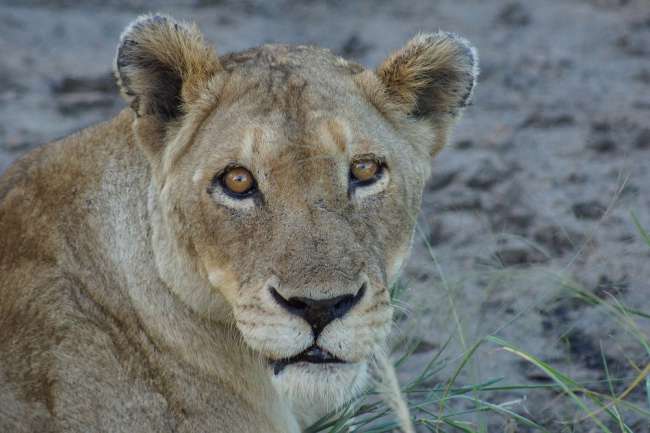
Өмнөд Африк аяллын тайлан
